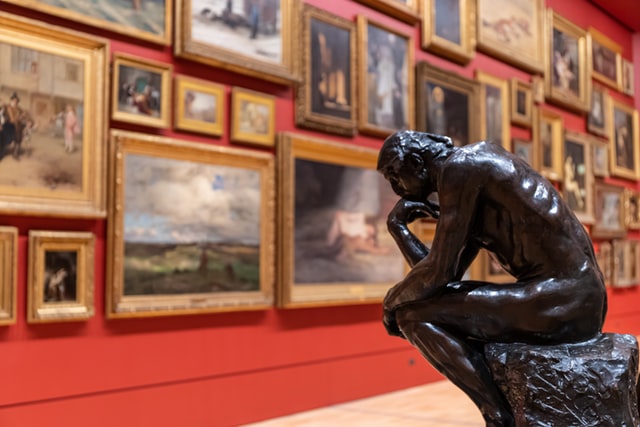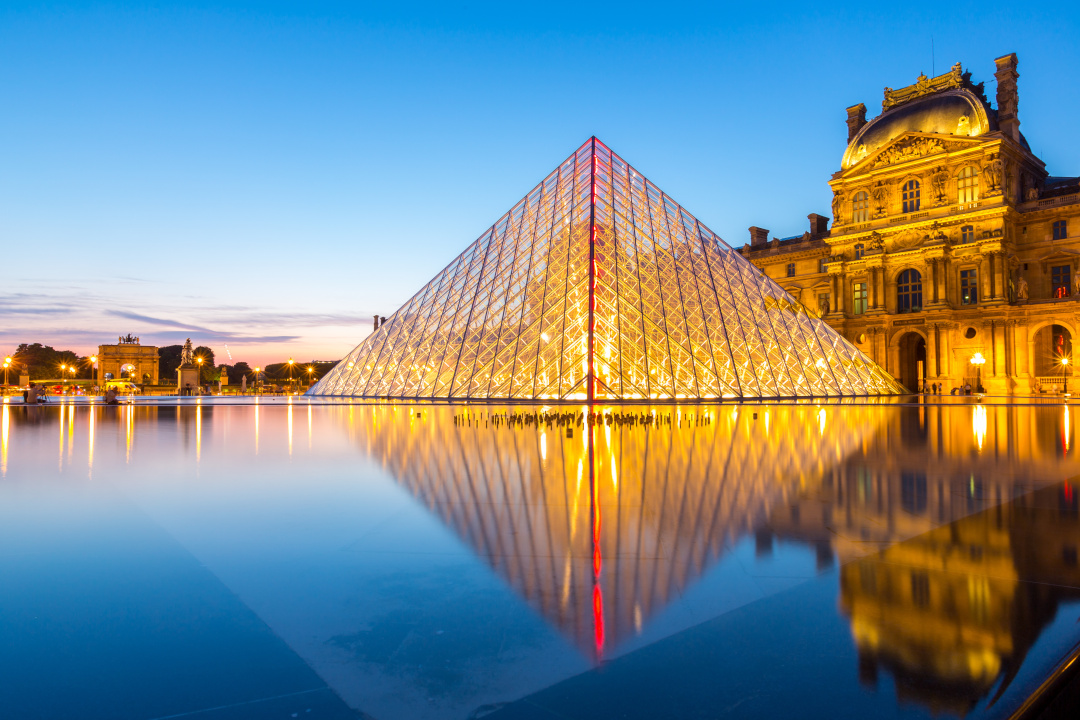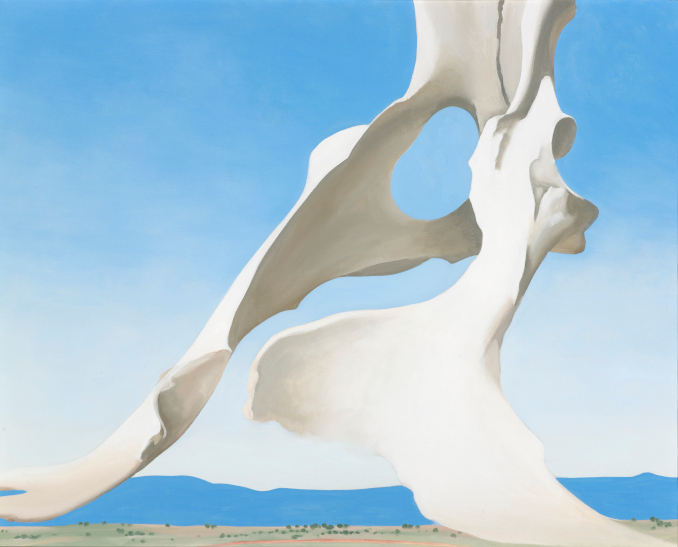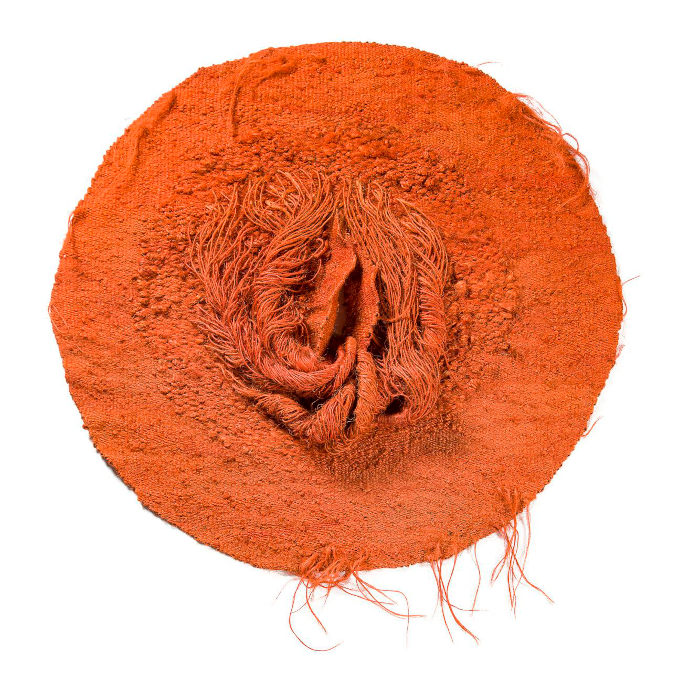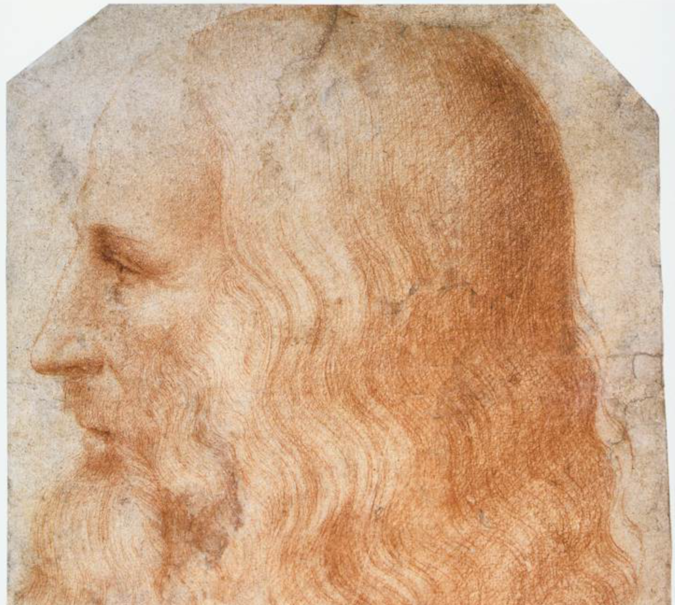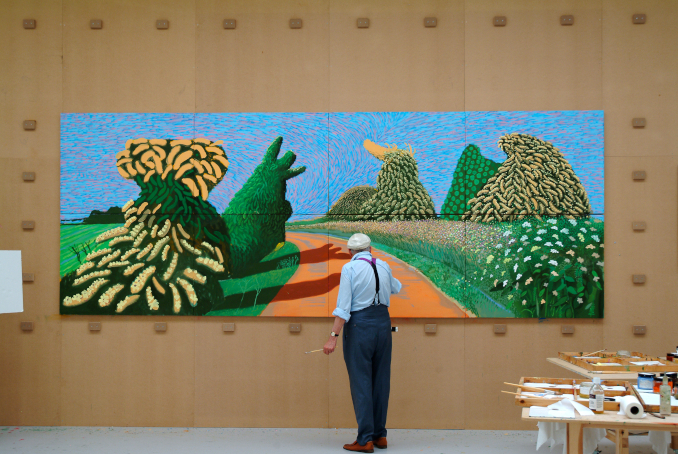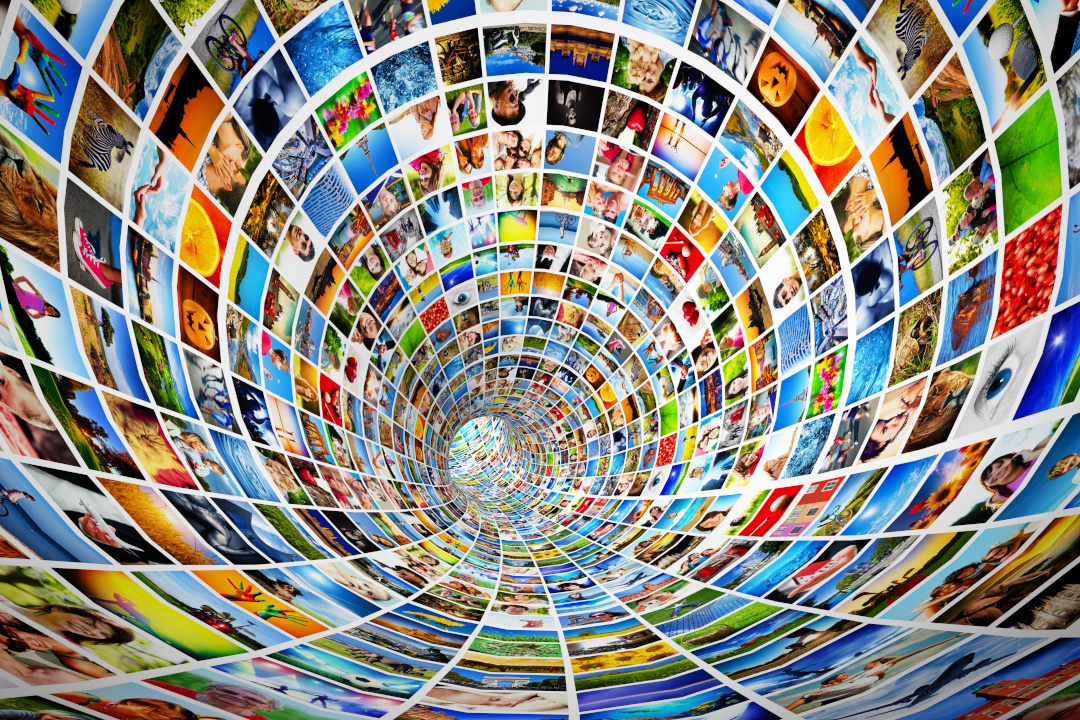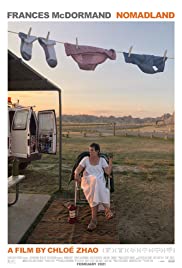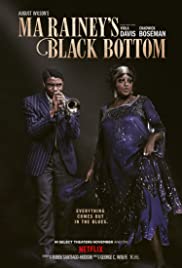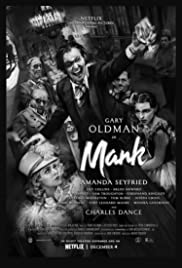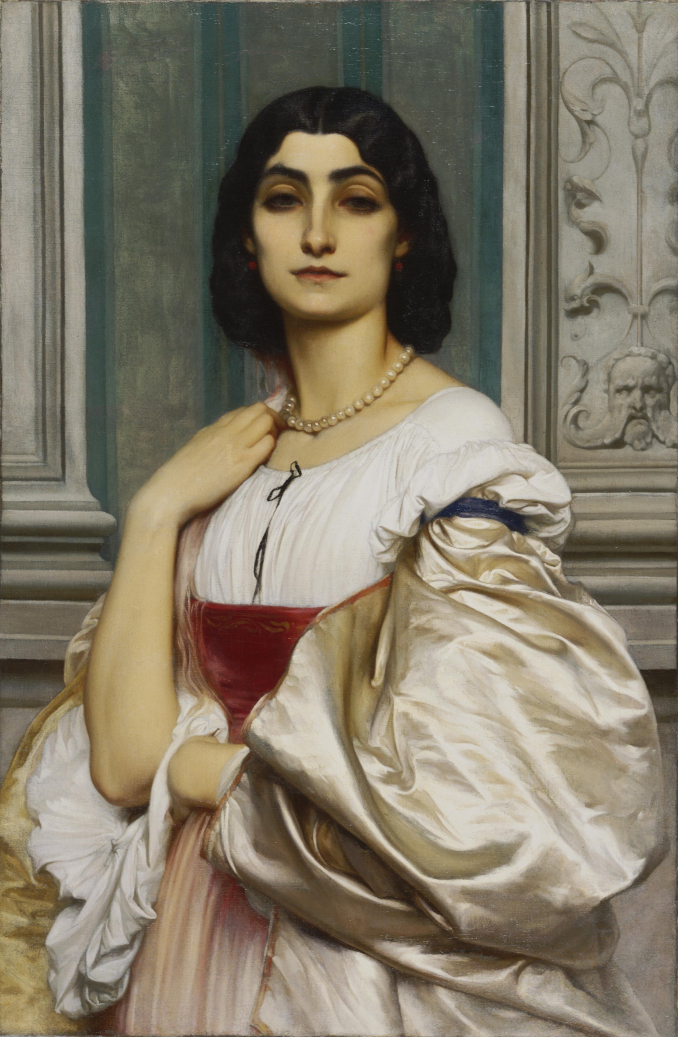 | 2024/04/12 | Food for the Soul: Stories of Women at Philadelphia Museum of Art | Philadelphia Museum of Art, Mary Cassatt, Elisabeth Vigee Le Burn, Georgia O'Keeffe,Modigliani, Leopold Zborowski, Ingres, |
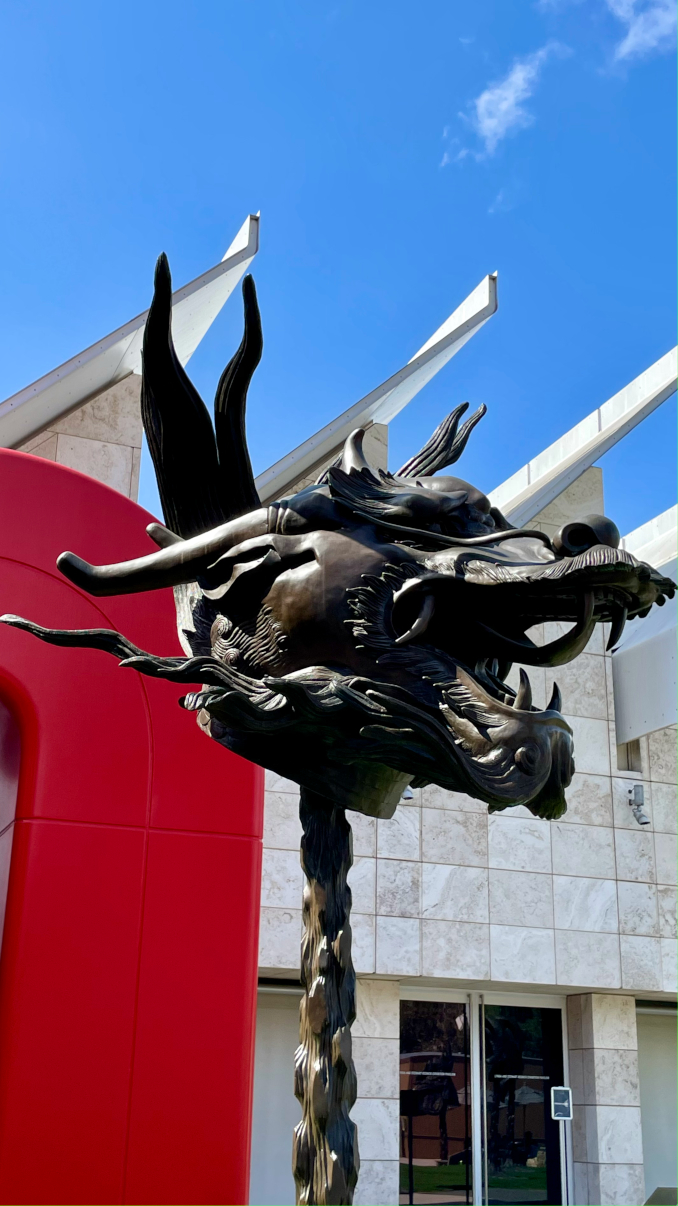 | 2024/04/01 | Food for the Soul: A Year of the Dragon | Dragon, Hokusai, Chen Rong, Qing, Il Sodoma, Tintoretto, Carpaccio, Redon, Ucello, Briton Riviere, |
 | 2024/03/14 | Food for the Soul: Dune: Part Two | Movies & TV, Dune: Part Two, Denis Villeneuve, Frank Herbert |
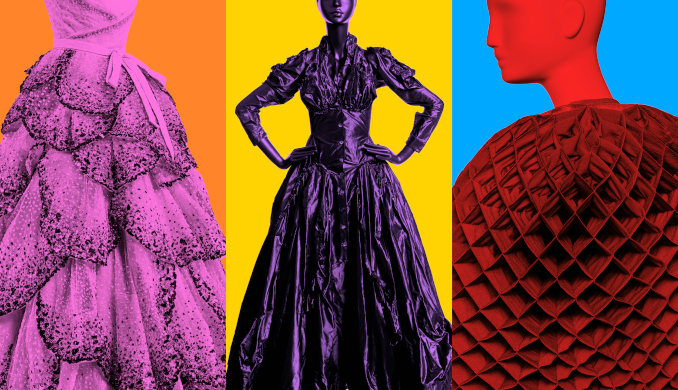 | 2024/02/20 | Food for the Soul: Fashioning San Francisco | San Francisco, Fashion,Dior, Capote vs the Swans, Alexander McQueen,
|
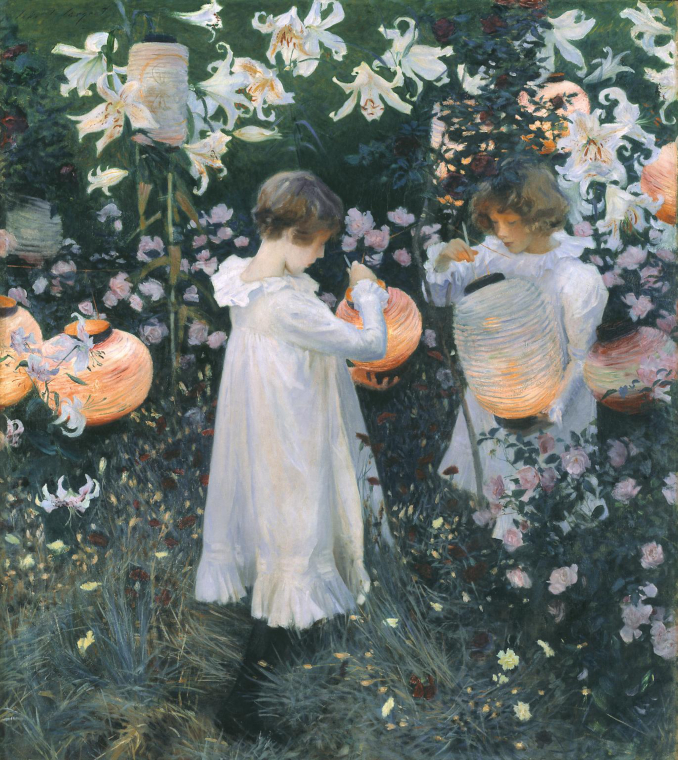 | 2024/02/06 | Food for the Soul: Pink | Pink, Pantone, Sargent, Whistler, Eakins, Boucher, Tiepolo, Degas, Vigee Le Brun Evelyn de Morgan, Renoir, Fantin La Tour |
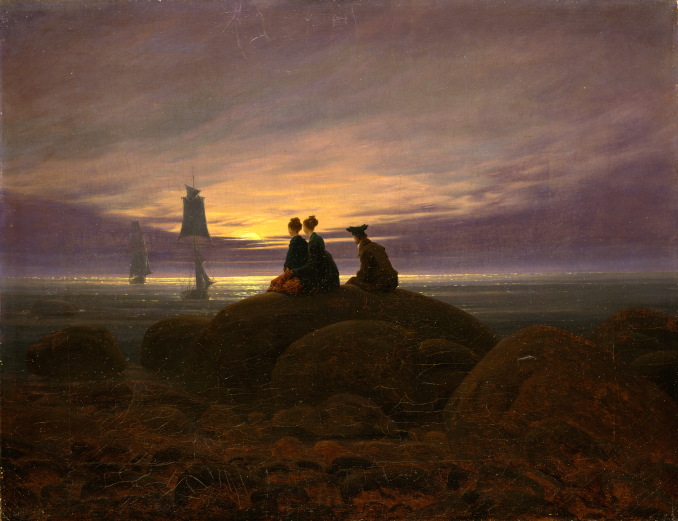 | 2024/01/11 | Food for the Soul: European Art Exhibitions in 2024 | Art exhibitions, Europe, van Gogh, Mark Rothko, Caspar David Friedrich, Anselm Kiefer, Impressionism, Tate |
 | 2024/01/04 | Food for the Soul: Mystery Shows for Winter Nights | TV Shows, Thriller, Mystery, Slow Horses, Bodies, Vienna Blood, CB Strike, Strike, Alex Rider, Percy Jackson, Magpie Murders |
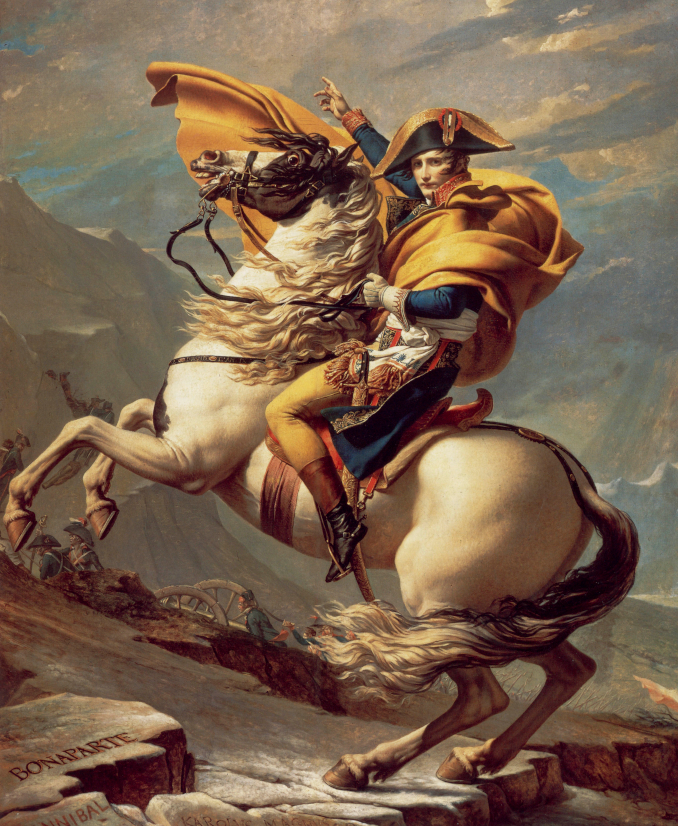 | 2023/12/19 | Food for the Soul: Napoleon’s Loot | Napoleon, Antoine-Jean Gros, Jacques_Louis David, Egypt, January Suchodolski, Mantegna, The Louvre, Veronese, Hubert Robert, plunder |
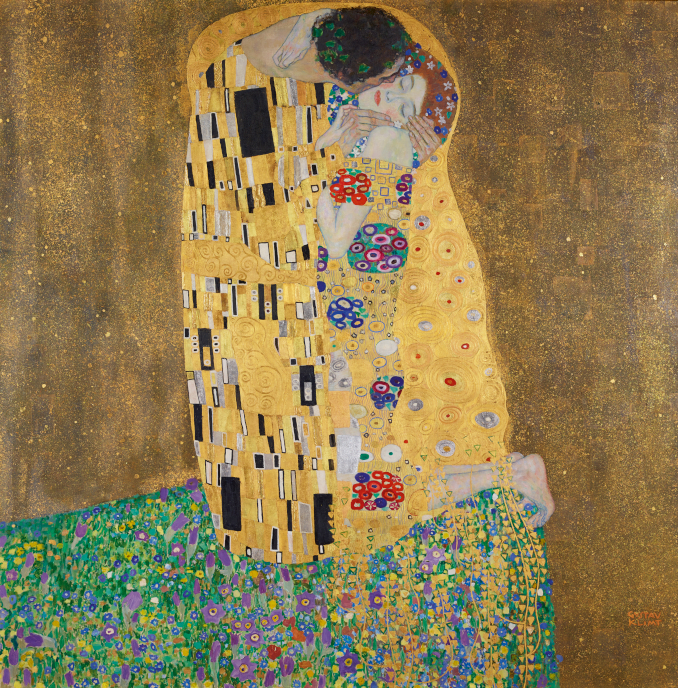 | 2023/11/14 | Food for the Soul: A taste of Klimt in Vienna | Gustav Klimt, Vienna, Egon Schiele, |
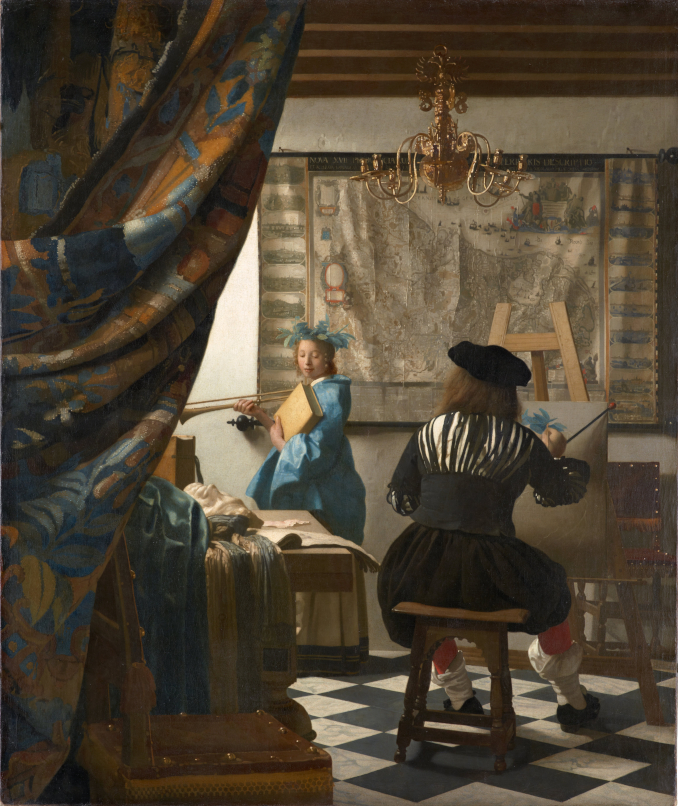 | 2023/11/02 | Food for the Soul: Vermeer’s Art of Painting in Vienna | Vermeer, Vienna, Dutch Baroque, Art of Painting |
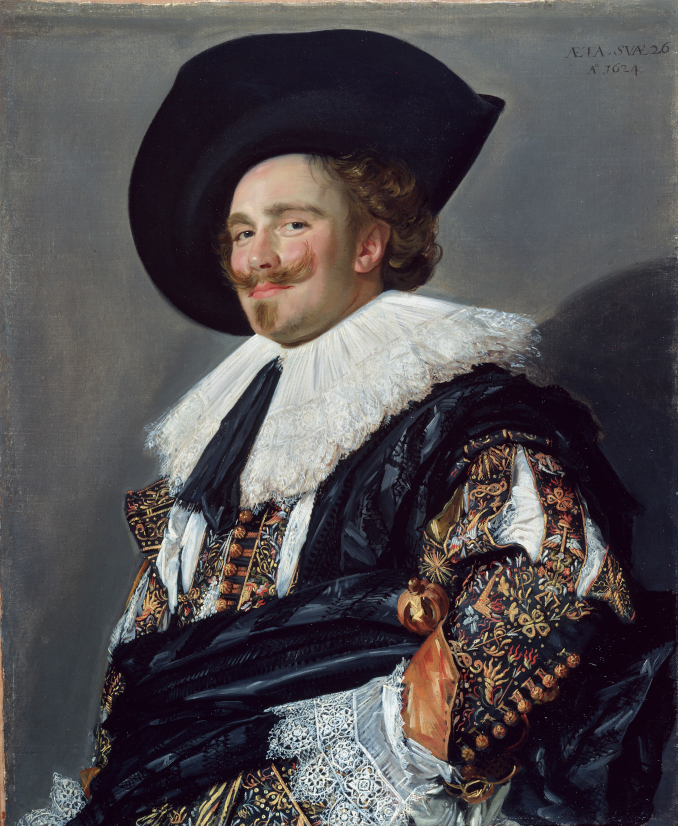 | 2023/10/18 | Nina’s Blog: London exhibitions Fall 2023 | Frans Hals, London exhibitions, dogs, China, British museum |
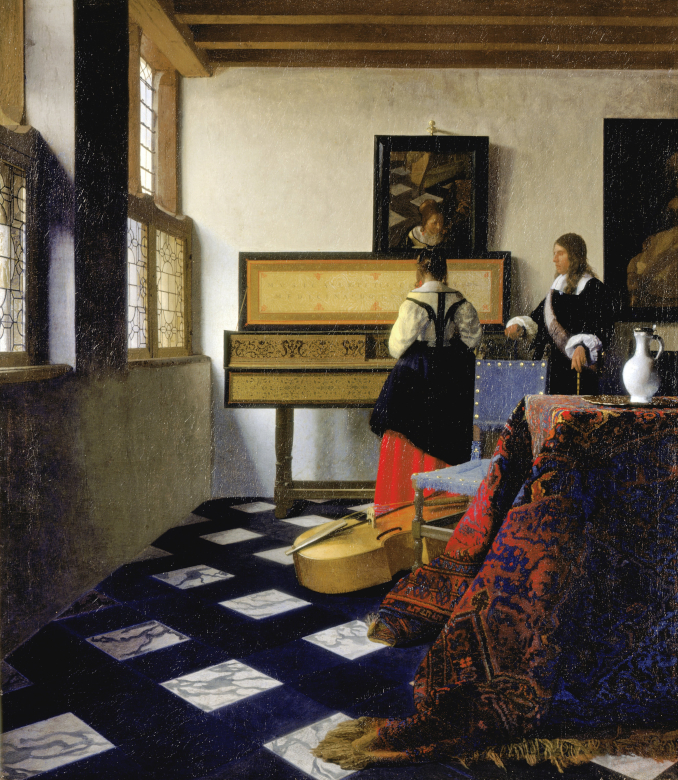 | 2023/10/04 | Food for the Soul: Vermeer’s Music Lessons | Vermeer, London, Gerrit Dou, Metsu, Caspar Netscher, Degas, van Eysck, Buckingham Palace, Kenwood House, music, |
 | 2023/09/17 | Food for the Soul: The Rossettis | Dante Gabriel Rossetti, The Rossettis, Tate, John Everett Millais, Pre-Raphaelite Brotherhood, Elizabeth Siddal |
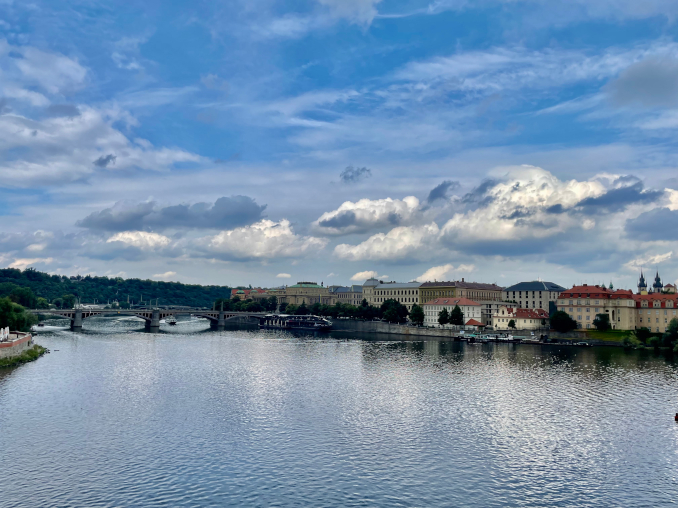 | 2023/09/11 | Nina’s Blog: Wandering Around Prague | Prague, Nina's Blog, Gustav Klimt, Rembrandt, Dürer |
 | 2023/08/22 | Food for the Soul: Oppenheimer | Oppenheimer, Christopher Nolan, Movies and TV |
 | 2023/08/15 | From Barbie to Oppenheimer and Back Again | Barbie, Oppenheimer, Greta Gerwig, Margot Robbie, Ryan Gosling |
 | 2023/07/19 | Hollywood’s Impossible Mission and Mission Impossible – Dead Reckoning Part One | Hollywood
strike
Mission Impossible Dead R
eckoning Part One |
 | 2023/07/12 | Rome - Art Discoveries for Wandering Tourists | Rome, Raphael, Fontana,Anguissola, Caravaggio, Villa Farnesina, Galleria Spada,Doria Pamphijl, Cantofoli |
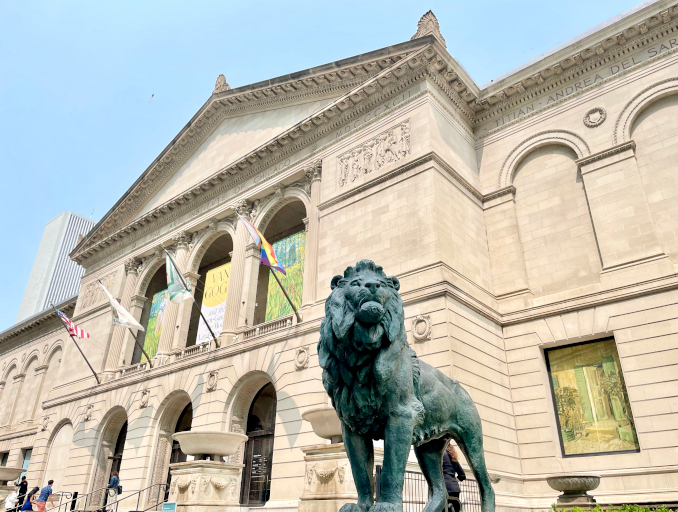 | 2023/06/27 | Food for the Soul: Animal Hunt at Art Institute of Chicago | Art Institute of Chicago,animals, Steinlen, Fremiet, Seurat, Winslow Homer, Kandler, porcelain |
 | 2023/06/09 | Food for the Soul: The Diplomat | The Diplomat |
 | 2023/06/09 | Nina’s Blog 2023: Stones of Florence | Florence, commesso, mosaic, Michelangelo |
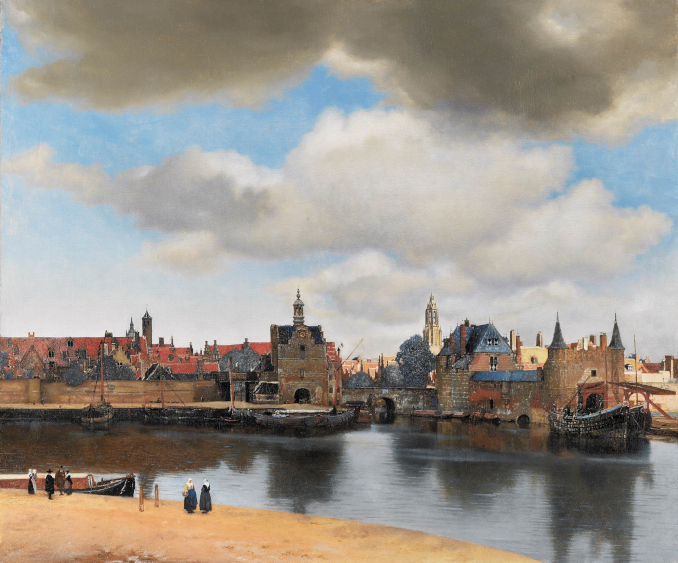 | 2023/05/04 | Food for the Soul: Lessons from Vermeer | Vermeer, Rijksmuseum |
 | 2023/04/07 | Rembrandt and His Contemporaries | Rembrandt, The Leiden Collection, Jan Steen, Carel Fabritius, Ferdinand Bol |
 | 2023/03/20 | Women Alone – Vermeer at the Rijksmuseum | Johannes Vermeer, Rijksmuseum |
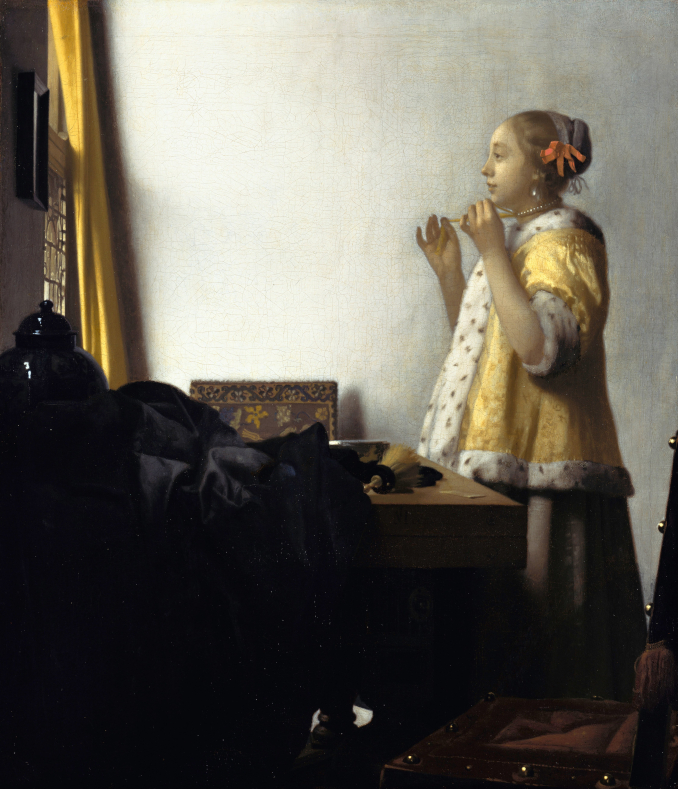 | 2023/03/12 | Food for the Soul: Pearls | Johannes Vermeer, Alessandro Allori, Caravaggio, India, Pearls, Global Trade, Henryk Siemiradzki, Joan Pantoya de la Cruz, Sofonisba Anguissola, Cartier,Jan van Eyck, Anthonis Mor |
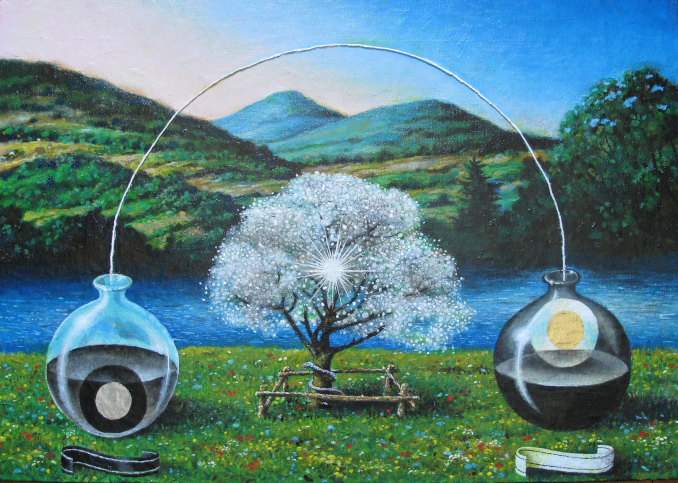 | 2023/03/06 | Peeking Into the Artist’s Mind - An Interview with Henryk Waniek | Henryk Waniek,
Art Stories |
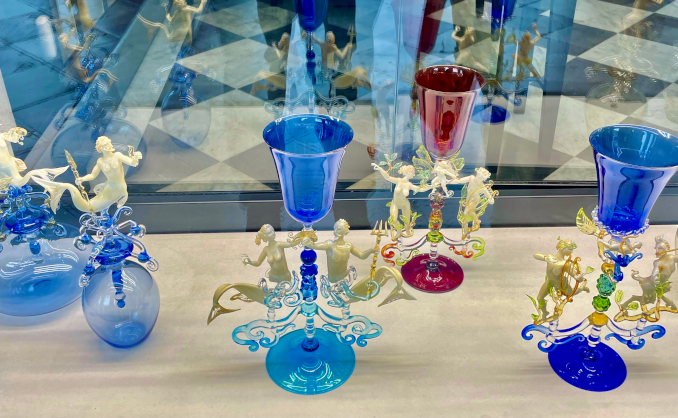 | 2023/02/17 | Food for the Soul: Global Trade Part V- Europe | Global Trade, Europe,Amber, slaves, Lucas Cranach the Elder, Titian, Giorgione, Rubens, Siemiradzki, Boulle, Fouquet |
 | 2023/01/29 | Food for the Soul: Oscar Contenders 2023 – Part 2 | Oscars 2023, Everything Everywhere All at Once, The Banshees of Inisherin, Women Talking, Elvis, Triangle of Sadness |
 | 2023/01/24 | Food for the Soul: I Spy..for America | American spy shows, Tv & Movies, The Recruit, Tom Clancy's Jack Ryan |
 | 2023/01/17 | Food for the Soul: The Year of Vermeer | Vermeer, The Rijksmuseum, exhibition |
 | 2021/02/02 | Food for the Soul: Coin Art | ducats, drachma, solidus, denarius, florin, ducat, pound, coin |
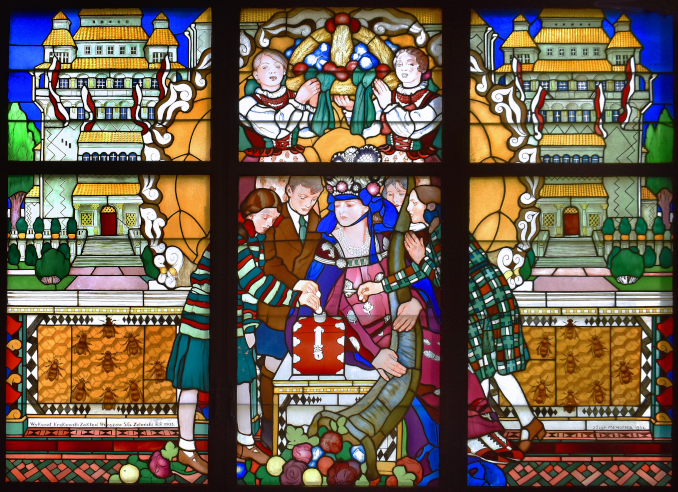 | 2021/07/03 | Food for the Soul - Beautiful Banknotes | Jozef Mehoffer, Ming dynasty, Peter the Great, Catherine the Great, Lampi, Clement Serveau, banknotes |
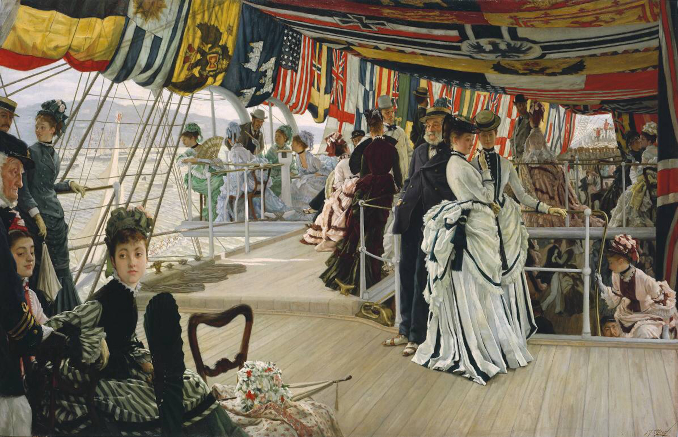 | 2021/11/05 | Food for the Soul - The Lust for Travel | James Tissot, Carl Spitzweg, Bernardo Belotto, Pompeo Batoni, Eugene Louis Boudin, Alexandre Gabriel Decamps, Ingres, Jean-Leon Gerome, E.E. Church, Winslow Homer, Thomas Moran, Sargent, travel |
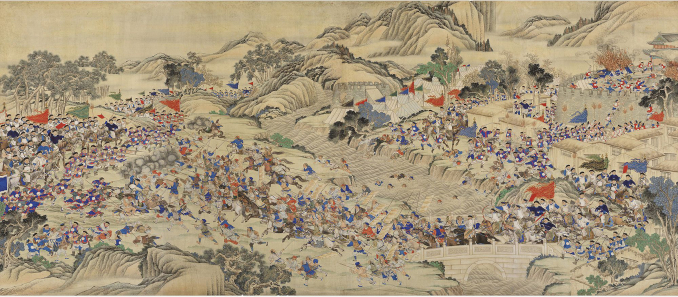 | 2021/11/18 | Food for the Soul: Law, Justice, and Art | Wu Youru, Hammurabi, Justinian, Rubens, Gerard David, Schopin, Willism Hogarth, Banksy ,Blondel, law, justice |
 | 2022/01/02 | Oscar Contenders - Awards Season 2022-2023 | Movies & TV, Academy Awards 2022-2023, Avatar: The Way of Water, The Fabelmans, Tar |
 | 2022/12/13 | I Spy… | Movies & TV, Spy TV shows, Slow Horses, The Game, The Bureau, The Pcress File, Spy Station |
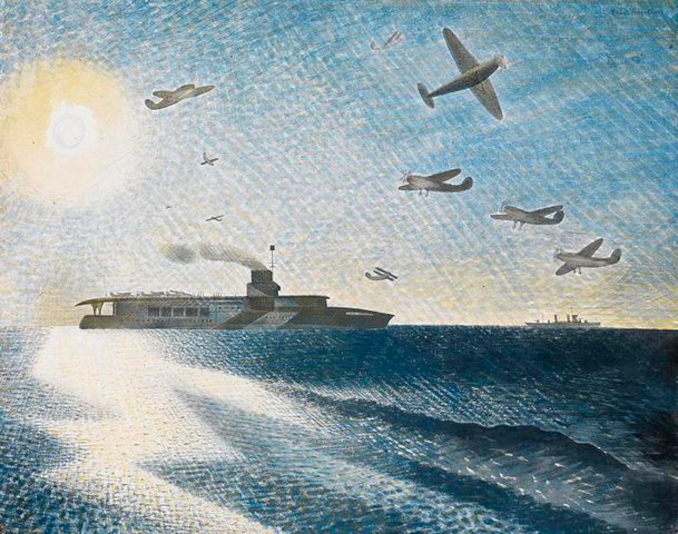 | 2022/11/22 | Rediscovering Artists | Movies & TV, Rediscovering artists, Eric Ravilious, Hilma af Klint |
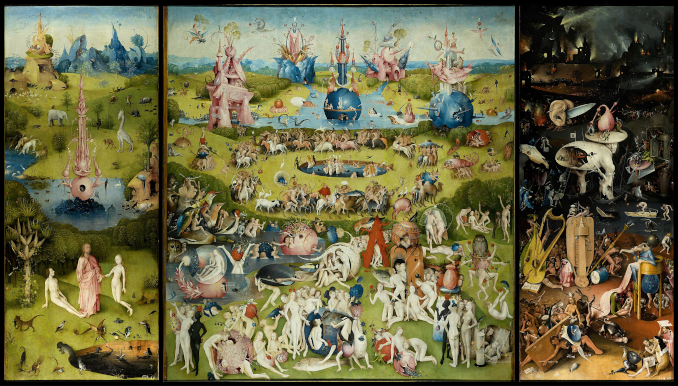 | 2022/11/15 | Documentaries: How Artists Think | Movies &TV, Documentaries, Hieronymus Bosch, Giuseppe Tornatore, Ennio Morricone |
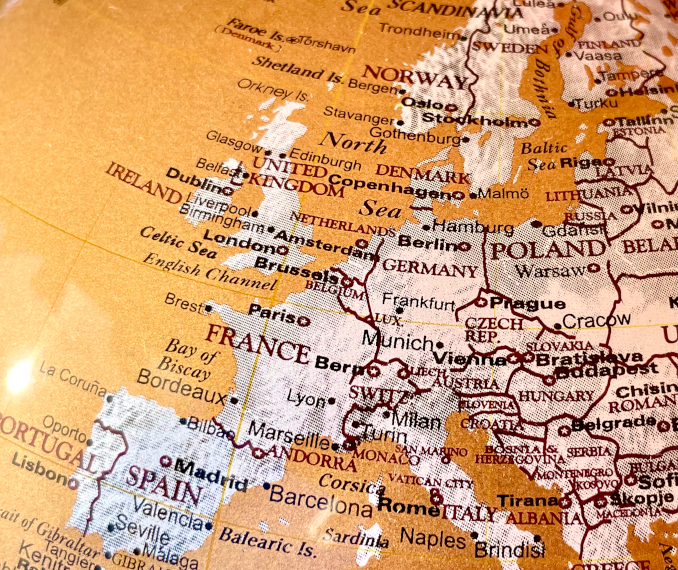 | 2022/11/2 | Streaming…European Daily Life | Movies & TV, Slow Horses, The Fix, High Water, My Brilliant Friend, Europe, streaming |
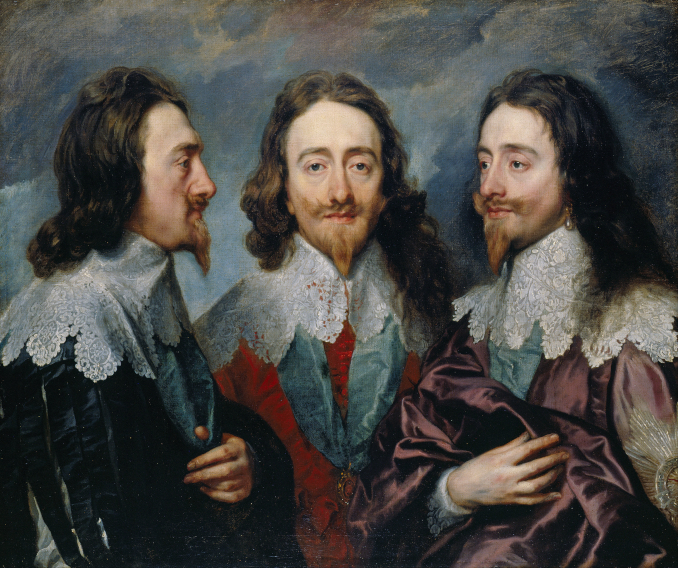 | 2022/10/17 | Charles I – The Royal Connoisseur of Art | Art Stories, Charles I, Charles III, van Dyck, Rubens, Titian, Raphael, Mantegna, Holbein, royal collection |
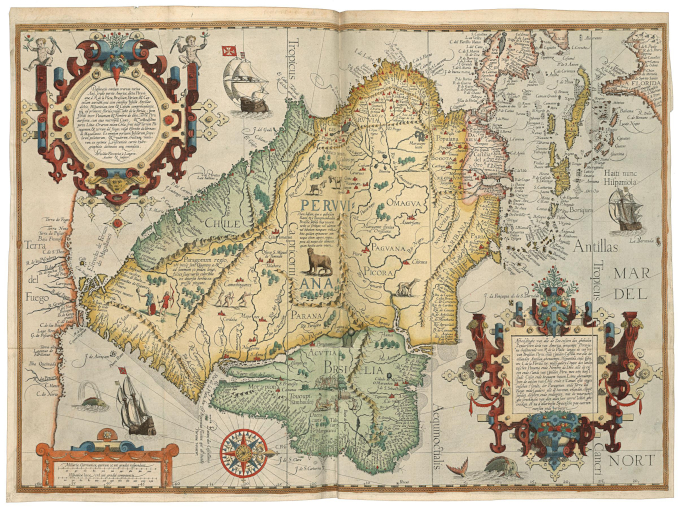 | 2022/09/16 | Food for the Soul: Global Trade in Art Part 4 - the Americas | Art Stories, Global Trade, the Americas, van Gogh, Diego Rivera, Albert Bierstadt, George Inness, slavery, Columbus |
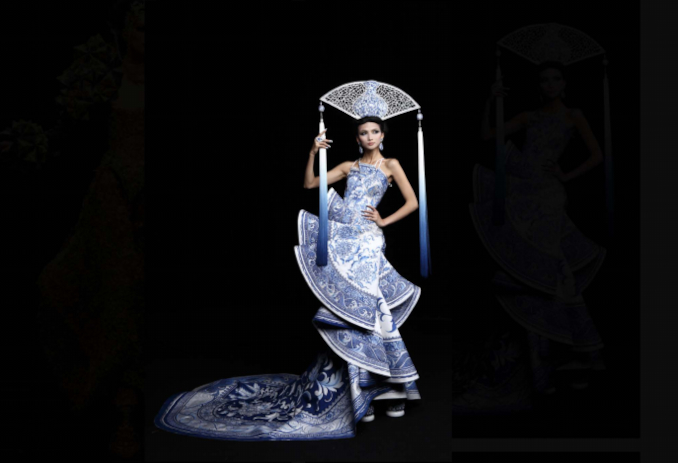 | 2022/08/31 | Guo Pei Exhibition - San Francisco | Art Stories, Guo Pei, Exhibitions, Women & Art, Legion of Honor, San Francisco, China, fashion |
 | 2022/08/21 | Food for the Soul: Global Trade in Art Part 3 - Middle East | Art Stories, Global Trade, Middle East, Veronese, Mansueti, Carpaccio, Gerome, Orientalists, Johann samuel Mock, Charles Robertson, Eugen Bracht, Venice |
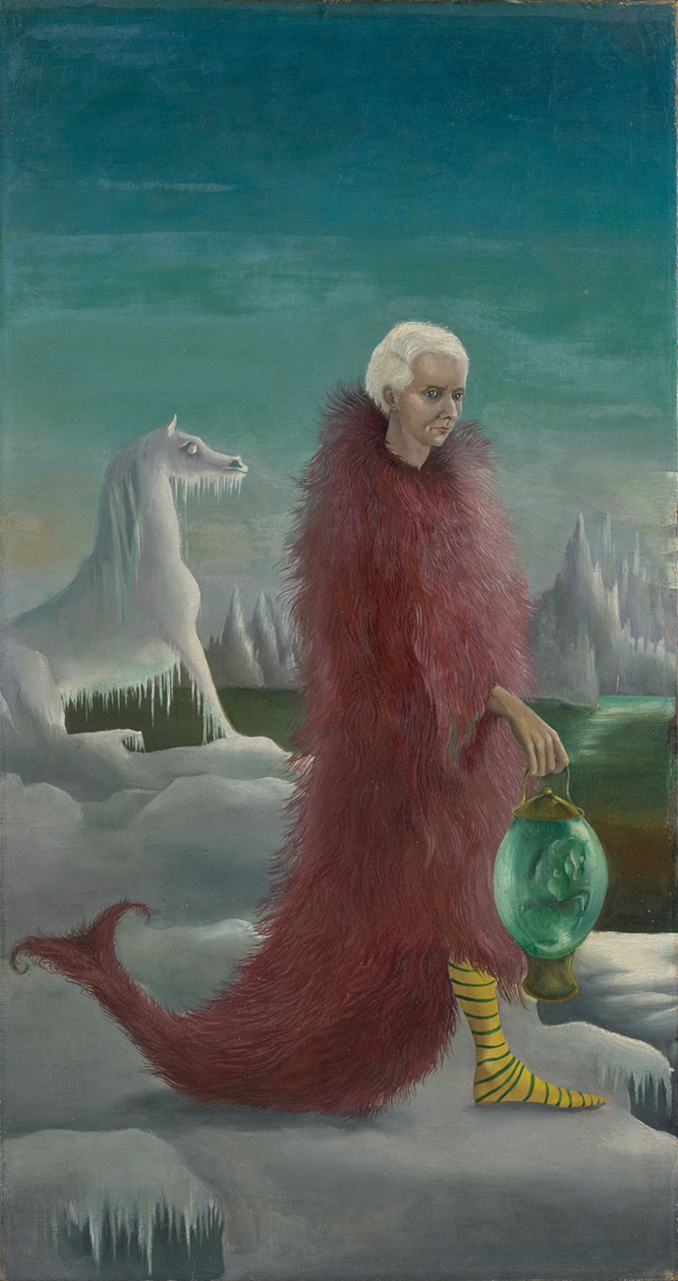
| 2022/07/10 | Food for the Soul: Women Art Exhibitions—Venice and Paris | Art stories, Women and Art, and Exhibitions |
 | 2022/05/22 | Faces of Tuscany | Art Stories, Florence, Lippi, Gozzoli, Medici, L'Uffizi, Gherardo di Giovanni, Masolino, Masaccio, Antonella da Messina, Andrea della Robbia, Antonio Franchi, the last Medici, Tuscany |
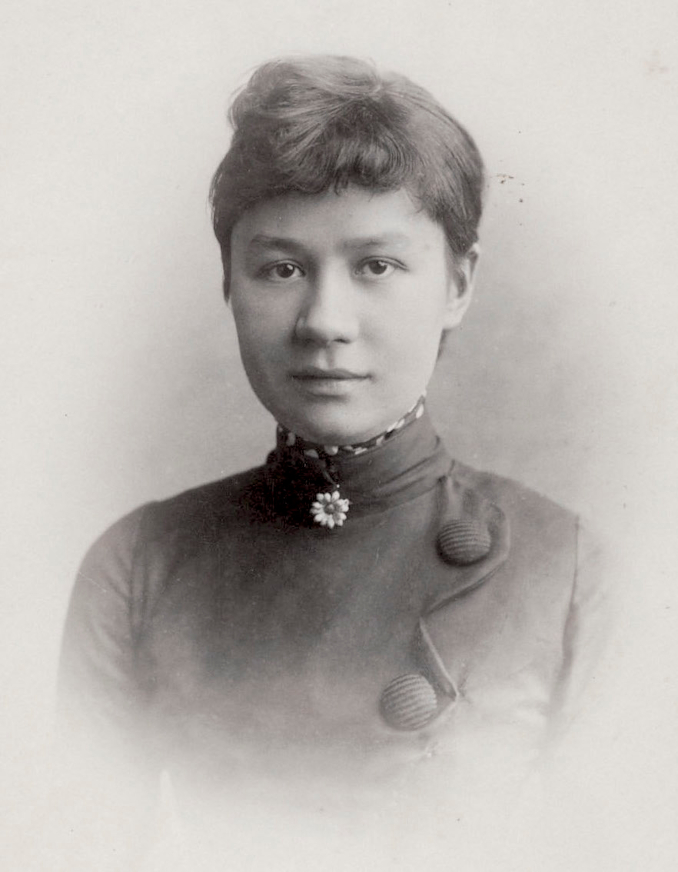 | 2022/03/27 | Women Who Gave Us van Gogh. Women & Art Series 16 | Art Stories, Women & Art, van Gogh, Johanna Bonger, Anna Boch, Helene Kroller-Muller, Gauguin, Ivan Morozov, Emile Bernard |
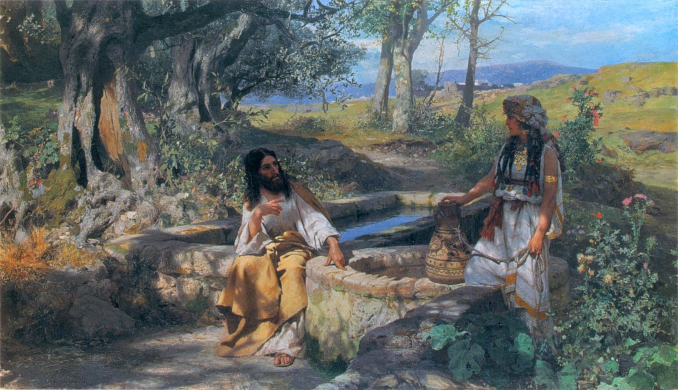 | 2022/03/14 | Lviv National Gallery of Art | Art Stories, Lviv, Ukraine, Jan Matejko, Henryk Siemiradzki, Georges de la Tour, Sofonisba Anguissola, Franz Anton Maulbertsch, Julian Falat, Jacek Malczewski, Rembrandt, Jan Gossaert |
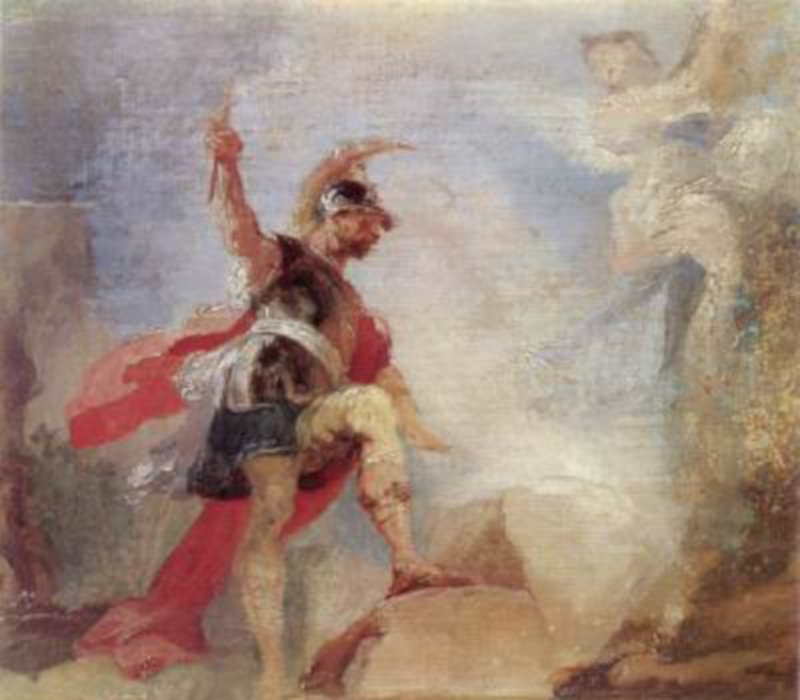 | 2020/10/20 | Gideon’s River Test | Art Stories, Gideon, Franz Anton Maulbertsch, Maerten van Heemskerck, Nicolas Poussin, Jehann Heinrich Schönfeld, Pedro de Orrente |
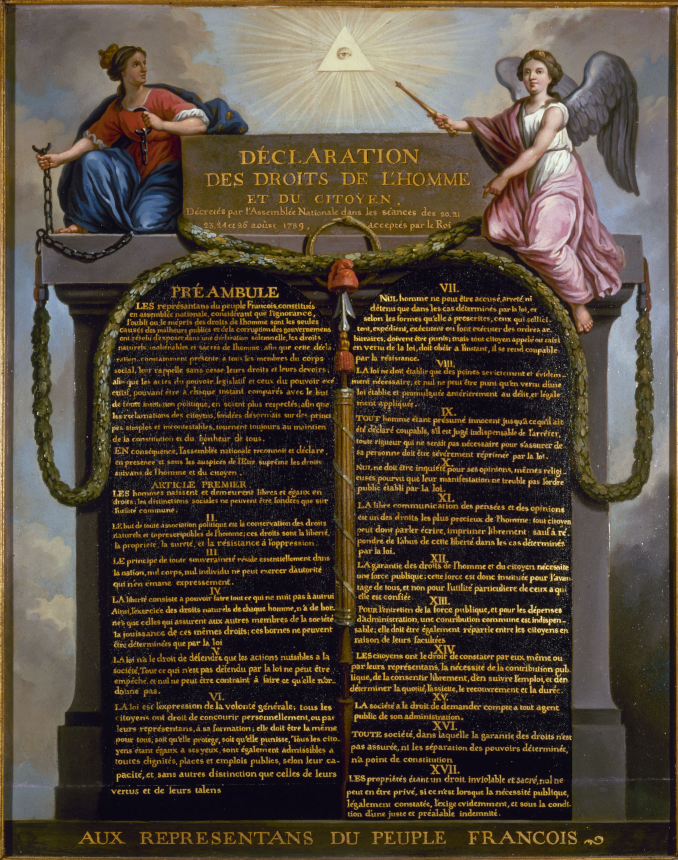
| 2020/10/22 | How Do You Show Freedom? | Art Stories, Freedom, Eugene Delacroix, Ernest Meissonier, Jan Matejko, Juliusz Kossak, Reformation, Emily Mary Osborn, Picasso, Banksy |
 | 2022/03/03 | Global Trade in Art – Part 2 Out of Africa | Art Stories, Rubens, Rembrandt, Africa, Albert Rieger, Peter Brughel the Elder, Global Trade, Rosalba Carriera, Benozzo Gozzoli, cheetahs
|
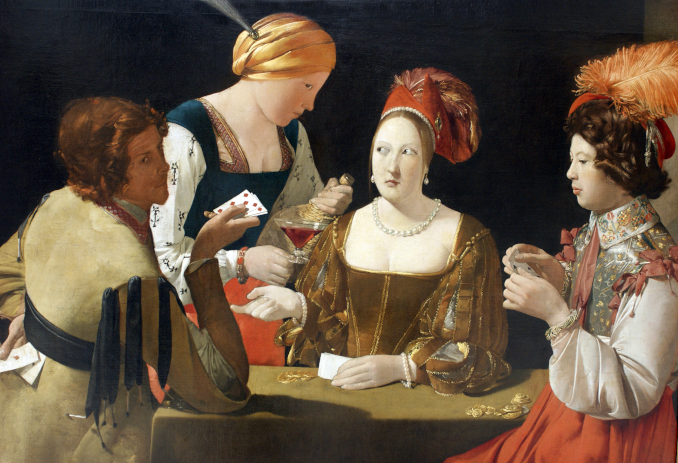 | 2022/02/15 | Global Trade in Art – Part 1 | Art Stories, Pietro Longhi, Jan Vermeer, Global Trade, Ambrosius Bosschaert, Francois Gerard, Georges de la Tour, China, porcelain, silk, rhinoceros |
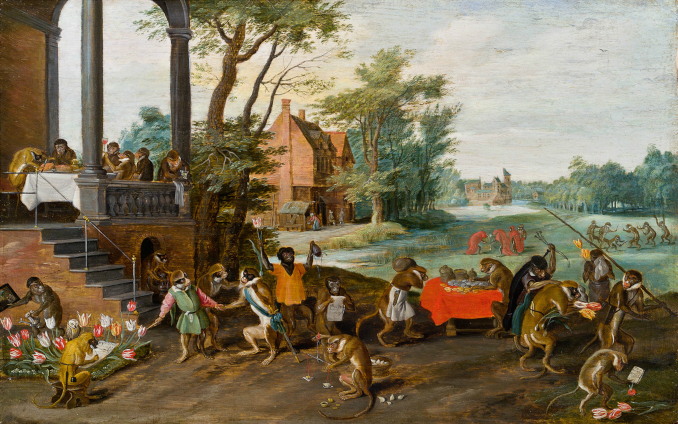 | 2020/05/11 | Art and Cautionary Tales | Art Stories, Jan Breughel the Younger, Bartolomeus Brenbergh, William Hogarth, William Holman Hunt, Robert Martineau, cautionary tales |
 | 2020/04/27 | Good Versus Evil in Art | Art Stories, St. Michael, Bartolome Bermejo, Guido Reni, Raphael, Goya, good and evil |
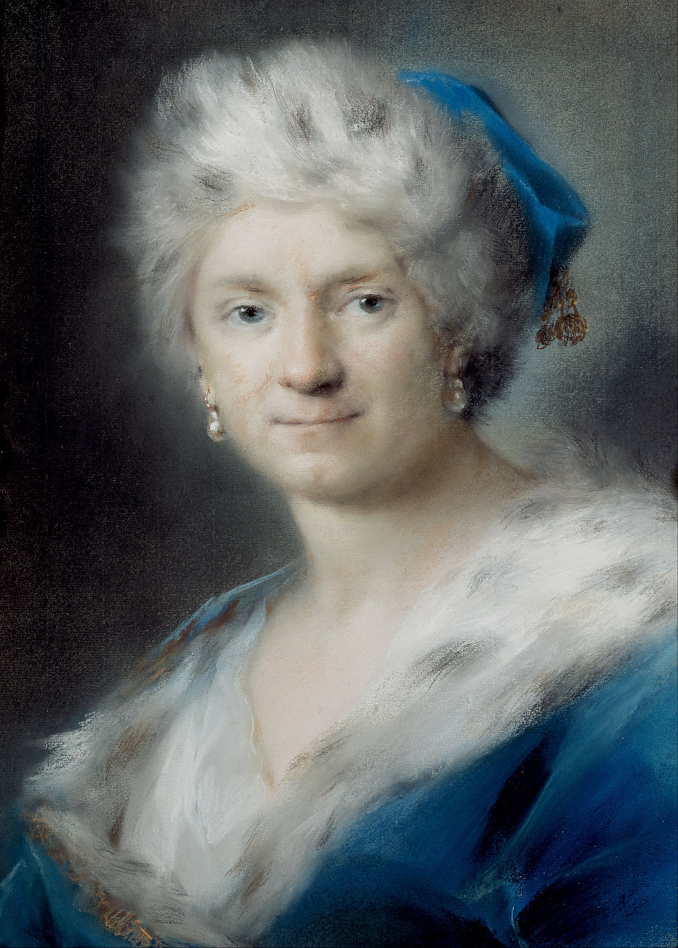 | 2022/01/08 | Rosalba Carriera | Art Stories, Rosalba Carriera, Women & Art, pastels, Antoine Watteau |
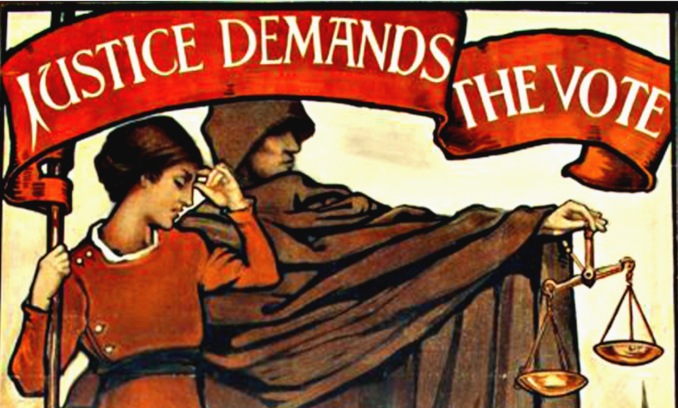 | 2020/05/17 | Protest in Art | Art Stories, sufragette, Jacques-Louis David, Jan Matejko, Solidarity, Ilya Repin, protest |
 | 2022/01/05 | Isabella Stewart Gardner - Women & Art Series 14 | Art Stories, Women & Art, Isabella Stewart Gardner, John Singer Sargent, Andres Zorn, James McNeill Whistler, museum, Boston, Rembrandt, Vermeer, Manet, Titian, Botticelli, Henry James, art theft |
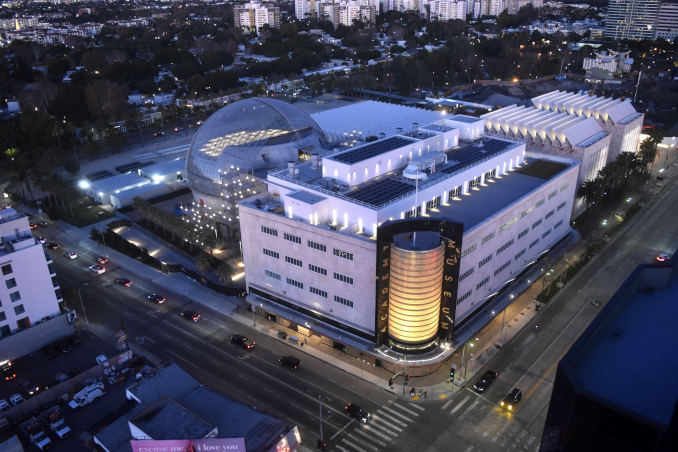 | 2021/12/17 | Academy Museum of Motion Pictures | Movie & TV, Academy Museum of Motion Pictures, Hayao Miyazaki, Exhibitions, Los Angeles |
 | 2018/09/12 | Venice | Art Stories, Venice, Peggy Guggenheim, Max Ernst, Magritte, The Tourist, Casino Royale |
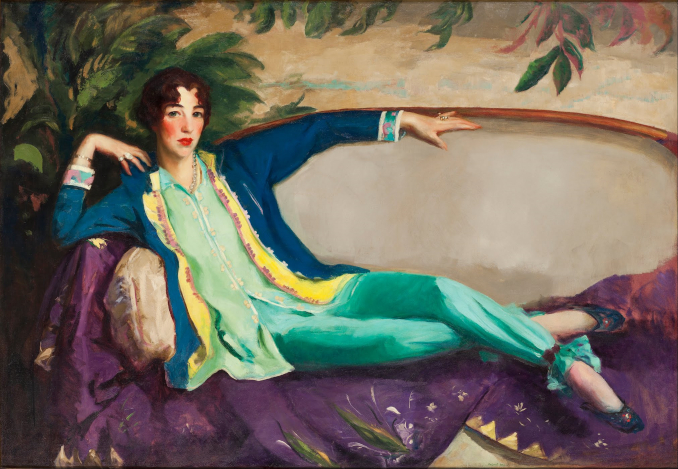 | 2021/11/28 | Gertrude Vanderbilt Whitney. Women & Art Series 13 | Art Stories, Gertrude Whitney, Women & Art, Edward Hopper, Robert Henri, Whitney Museum, Titanic |
 | 2021/11/13 | Dune | Art Stories,Movies & TV, Dune, Villeneuve |
 | 2021/11/02 | The Morozov Collection: Icons of Modern Art “exhibition in Paris | Art Stories, Exhibitions, Morozov, Paris, Fondation Louis Vuitton, Van Gogh, Cezanne, Renoir, Sarian, Picasso, Malevich, Serov, Konchalowski, Mashkov, Derain, Gauguin |
 | 2021/10/12 | Georgia O’Keeffe Women & Art Series 12 | Art Stories, Exhibitions, Women & Art, Georgie O'Keeffe, Paris, Centre Pompidou |
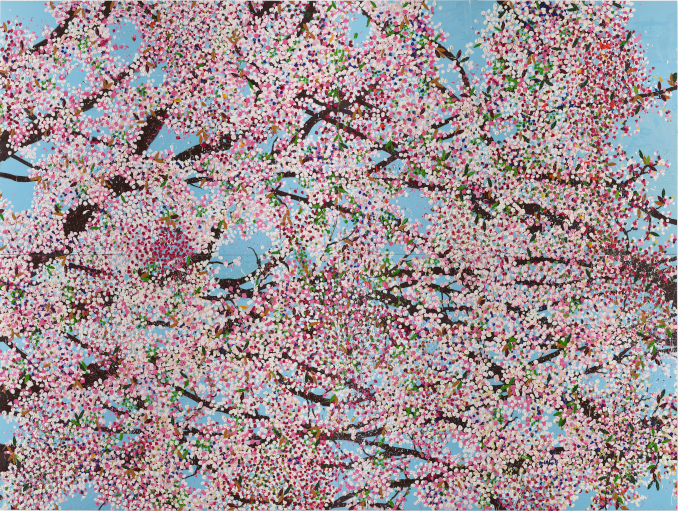 | 2021/10/02 | A Postcard from Paris | Art Stories, Exhibitions, Paris, Damien Hirst, Sandro Boticelli, Christo, Picasso, Morozov, Henri Matisse, Derain, Georgia O'Keeffe, Atelier des Lumieres, Salvador Dali, Culturespaces, Centre Pompidou, L'Arc de Triomphe, Fondation Vuitton, Fondation Cartier |
 | 2020/05/09 | Discreet Charm of Kitchen Gardens | Art Stories, Exhibitions, Gardens, Gustave Caillebotte, Barthelemy D'Eyck, Pieter Breughel the Elder, Camille Pissarro, Jan Stanislawski, van Gigh, Joaquin Sorolla, Berthe Morisot, Edmund Blair Leighton, Gustav Klimt |
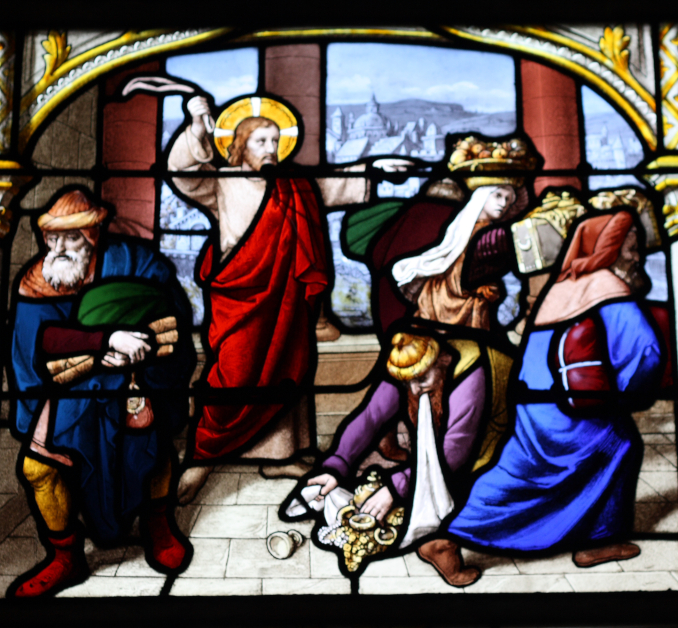 | 2021/01/22 | Artists and the Moneychangers | Art Stories, Exhibitions, money, Giotto, Monreale cathedral, Lorenzo Ghiberti, El Greco, Rembrandt, azulejos |
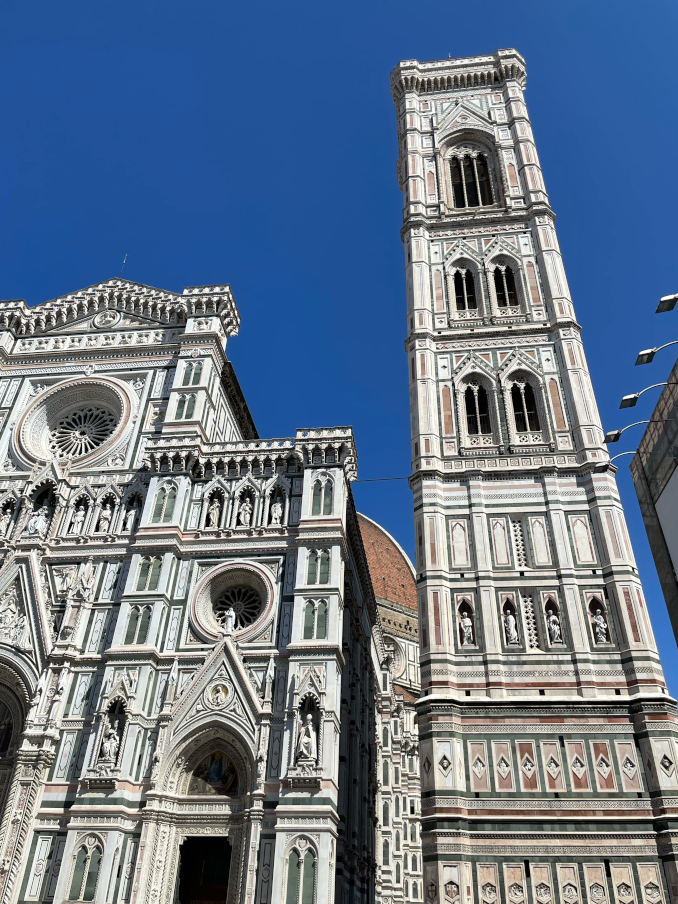 | 2021/09/15 | Cerca Trova in Florence | Art Stories, Florence, Vasari, Leonardo da Vinci, Botticelli, Brunelleschi, Santa Croce, Pazzi Chapel, L'Uffizi, Ghirlandaio, Francesco Ranacci, Masaccio, Raphael |
 | 2021/08/30 | Magdalena Abakanowicz - Women & Art Series 11
| Art Stories, Exhibitions, Magdalena Abakanowicz, Women & Art, Contemporary art, Poland |
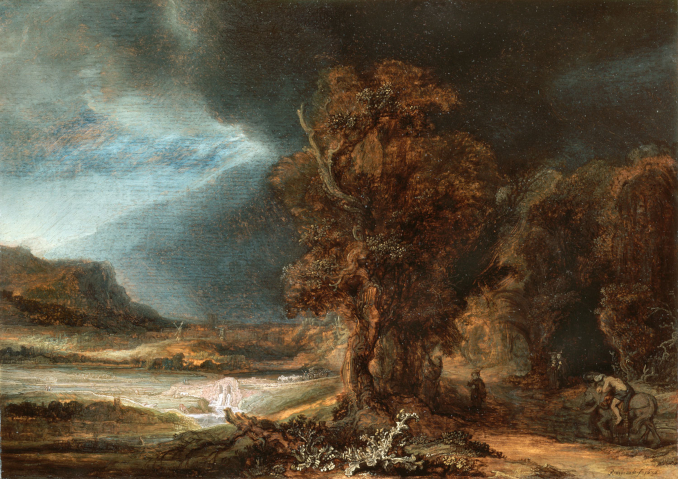 | 2021/08/14 | Kraków, the City of Art | Art Stories, Krakow, Poland, Rembrandt, Raphael, Leonardo da Vinci, Wyspianski, Wierzynek, Matejko, Sukiennice, stained glass, Czartoryski Collection |
 | 2021/07/21 | Rosa Bonheur -Women & Art Series 10 | Art Stories, Rosa Bonheur, Women & Art, Horse Fair |
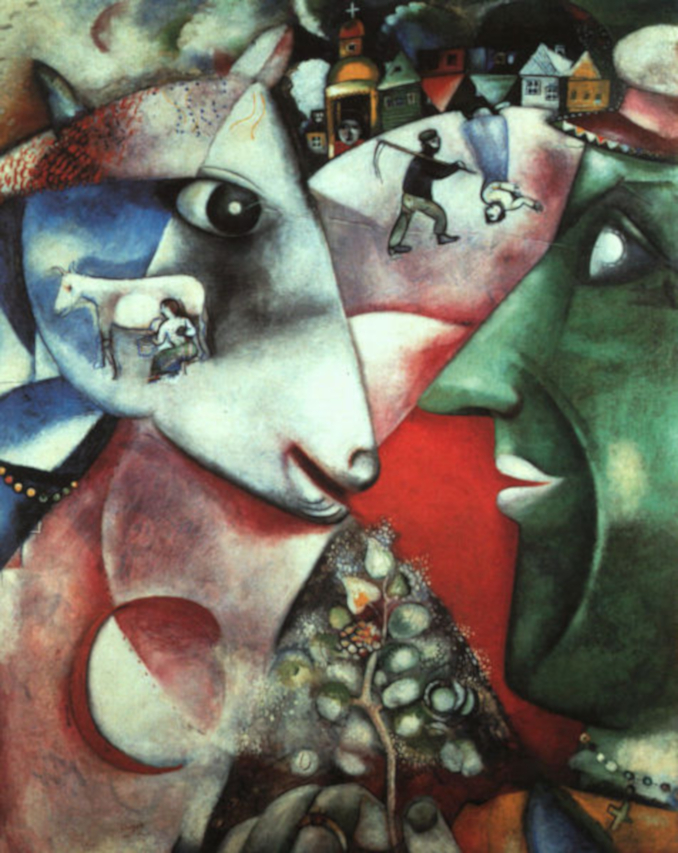 | 2021/07/21 | New York Big Five - MoMA | Art Stories, MoMA, museums, New York, Matisse, Picasso, Rousseau, Magritte, Chagall, Varo, Dali, Cezanne |
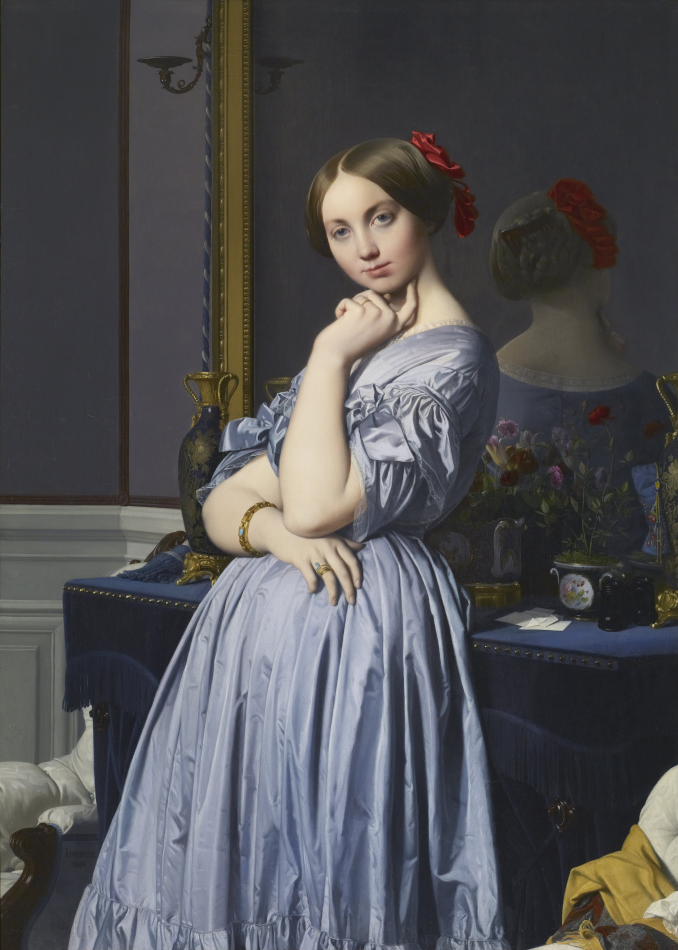 | 2021/07/02 | New York Big Five - The Frick | Art Stories, the Frick Collection, New York, Rembrandt, Vermeer, Bellini, Lawrence, Constable, Ingres, van Dyck, El Greco, Whistler |
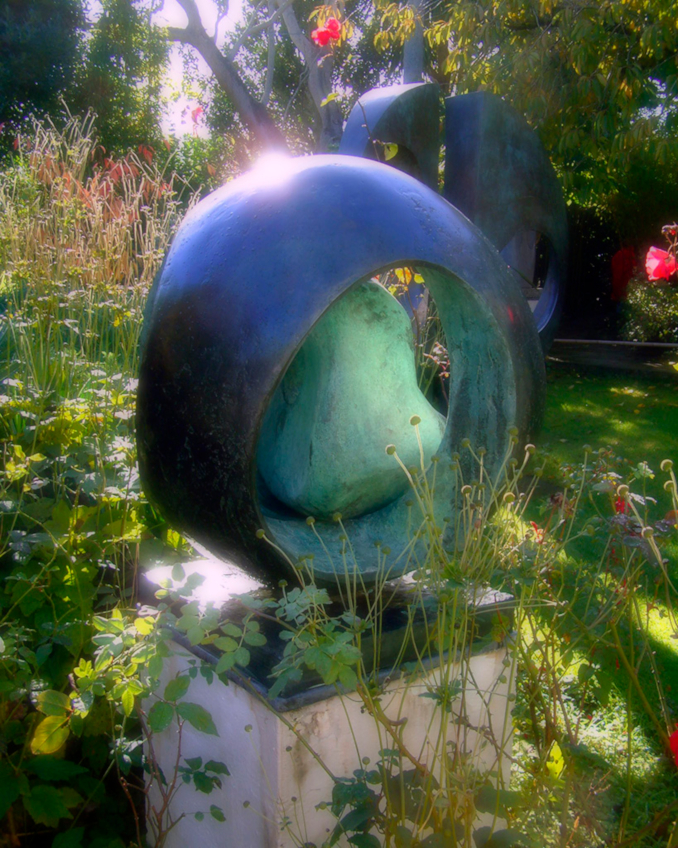 | 2021/06/09 | Barbara Hepworth Women & Art Series 9 | Art Stoeis, Barbara Hepworth, Women & Art, Ben Nicholson, St Ives |
 | 2021/06/01 | Julie Mehretu. Women & Art Series 8 | Columns, Julie Mehretu, Women & Art, Exhibitions, Whitney, New York |
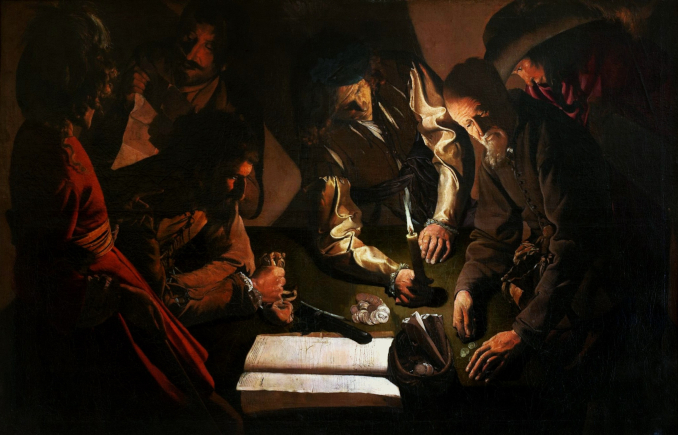 | 2021/01/29 | Money on Canvas | Columns, Exhibitions, Money, de la Tour, Petrus Christus, Quentin Matsys, Jan Gossaert, Emannuel de Witte, Hans Holbein |
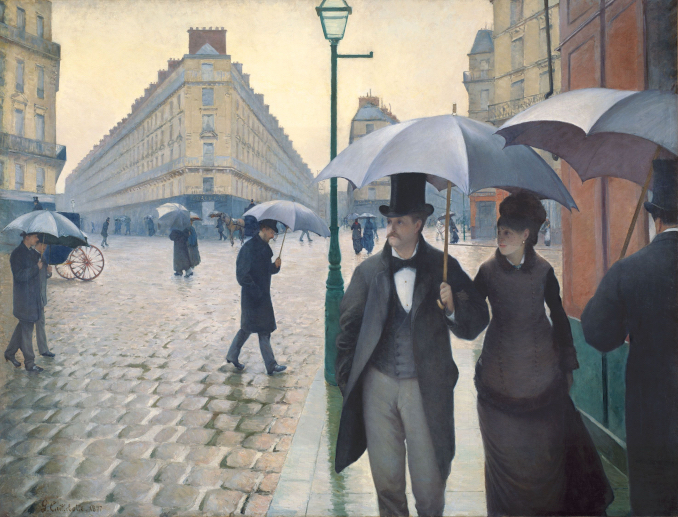 | 2021/05/21 | Gustave Caillebotte – The Unappreciated Impressionist | Columns, Exhibitions, Gustave Caillebotte, Pierre-Auguste Renoir, Monet, Impressionism, Musee D'Orsay |
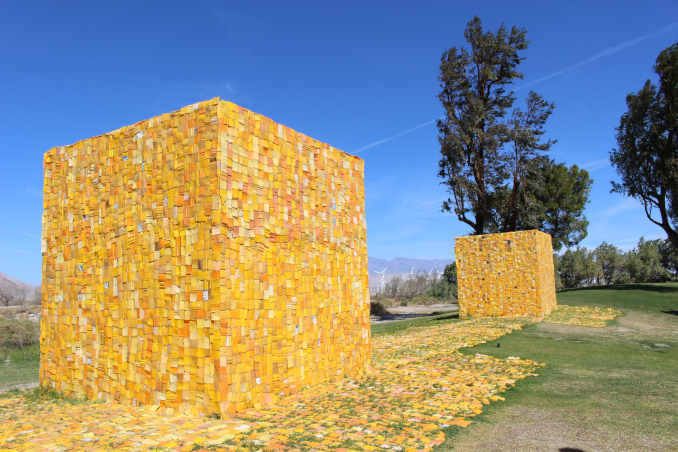 | 2021/04/27 | California Reopenings. Back to Museums Series 2 | Columns, Exhibitions, Los Angeles, Getty Villa, LACMA, Desert X, Chardin, Baldessari, Mesopotamia, Palm Springs |
 | 2021/04/03 | Calder-Picasso. Back to Museums Series 1 | Columns, Exhibitions, Alexander Calder, Pablo Picasso, San Francisco, de Young |
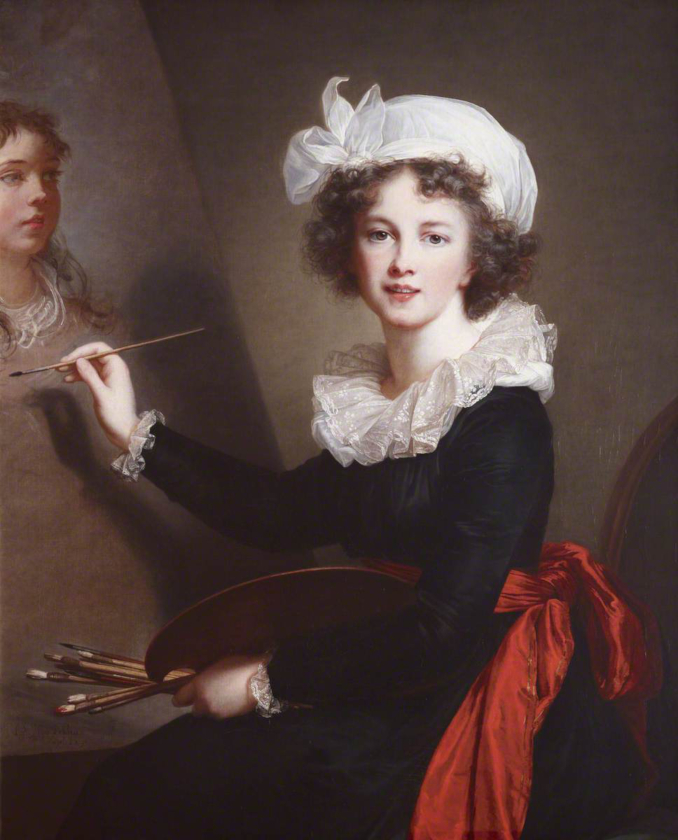 | 2021/03/22 | Elisabeth Vigee Le Brun – Women & Art Series 7 | Columns, Elisabeth Vigee Le Brun, Women & Art, women painters |
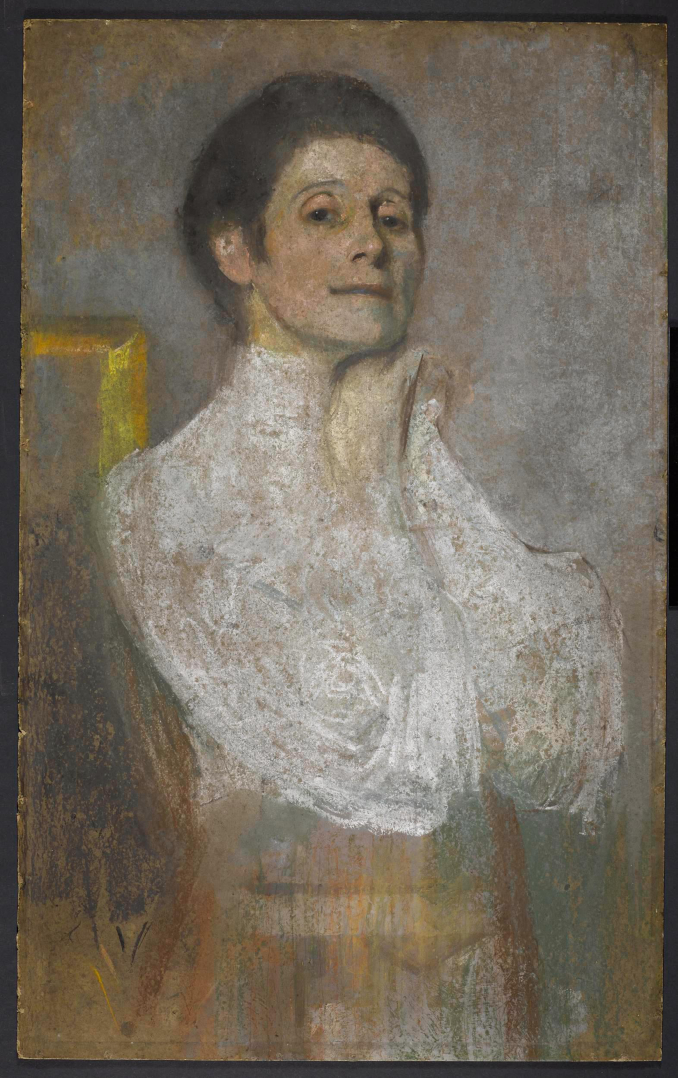 | 2021/03/13 | Olga Boznańska – Women & Art Series 6 | Columns, Olga Boznanska, Women & Art, women painters |
 | 2021/02/26 | Awards Season-Documentaries | Columns, Movies & TV, Oscars, Academy Awards, Documentaries |
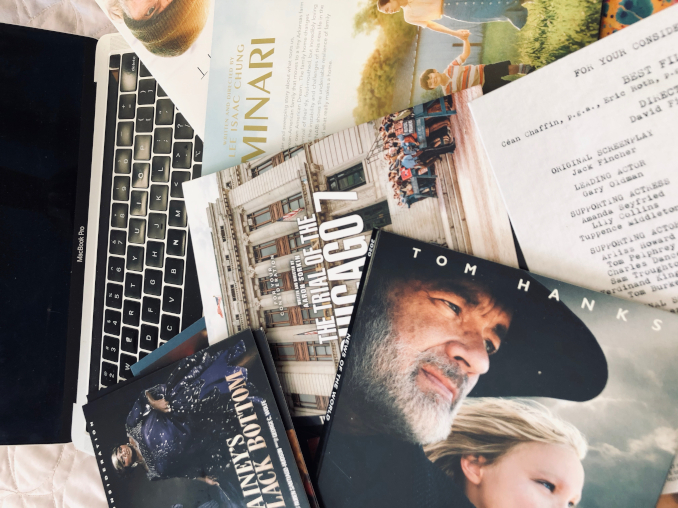 | 2021/02/11 | New Movies…Not in Cinemas | Columns, Movies & TV, Oscars, Academy Awards |
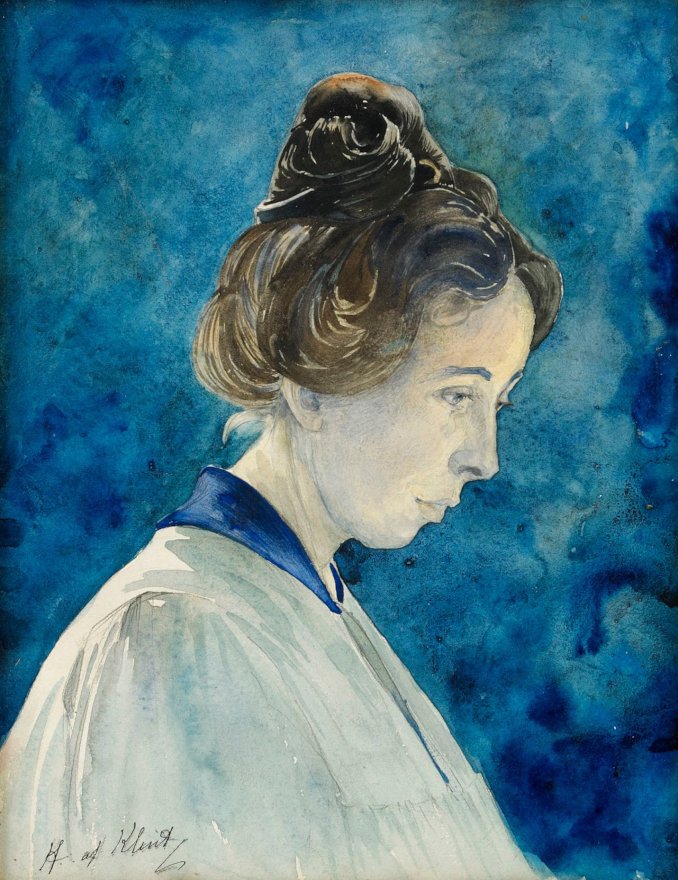 | 2021/01/31 | Hilma af Klint, the first abstractionist. Women & Art Series 5 | Columns, Hilma af Klint, Kandinsky, Women in Art |
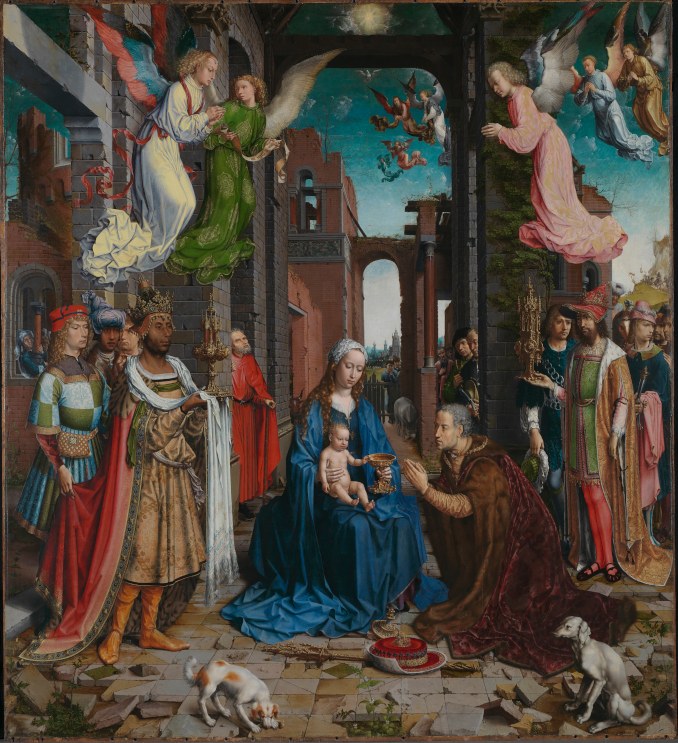 | 2021/01/02 | The Magi at the National Gallery | columns, Gossaert, Durer, Boticelli, Lippi, Foppa, Museums. Adoration |
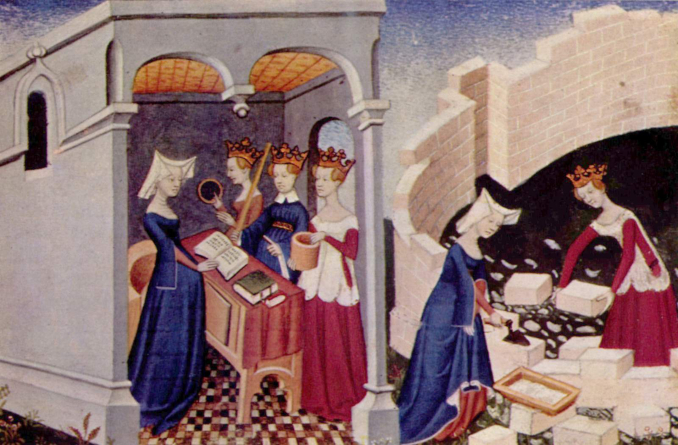 | 2020/12/15 | Women at Work Part V – Princesses and Servants | Columns, Women & Art, Cristine de Pizan, Velazquez, Elsheimer, St. Elizabeth, Raphael, servants, Women at Work |
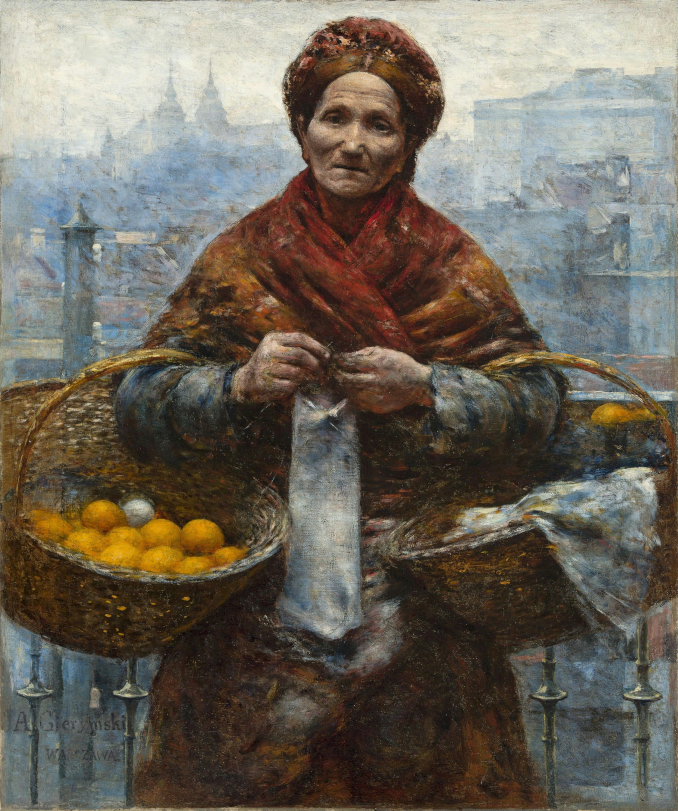 | 2020/12/08 | Women at Work Part IV – The Toil | Columns, Women & Art, Gierymski, Ceruti, Courbet, Arkhipov, Degas |
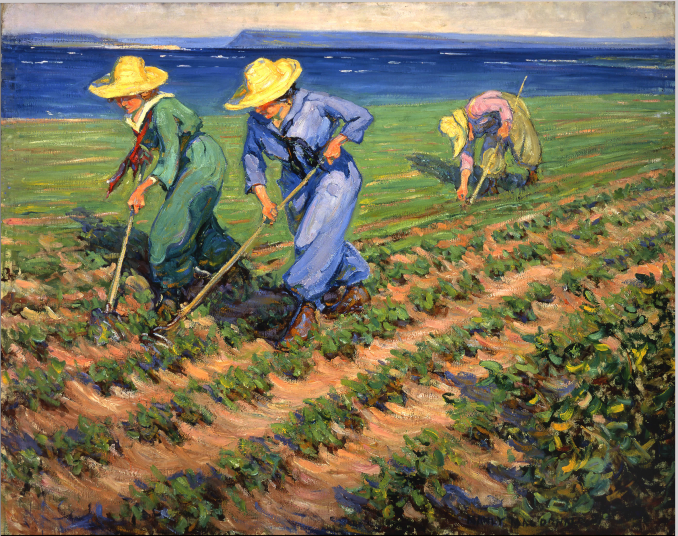 | 2020/11/23 | Women at Work Part III – Out In the World | Columns, Women & Art, Degas, MacDonald, Reid, D'Eyck, de Witte, Dameron |
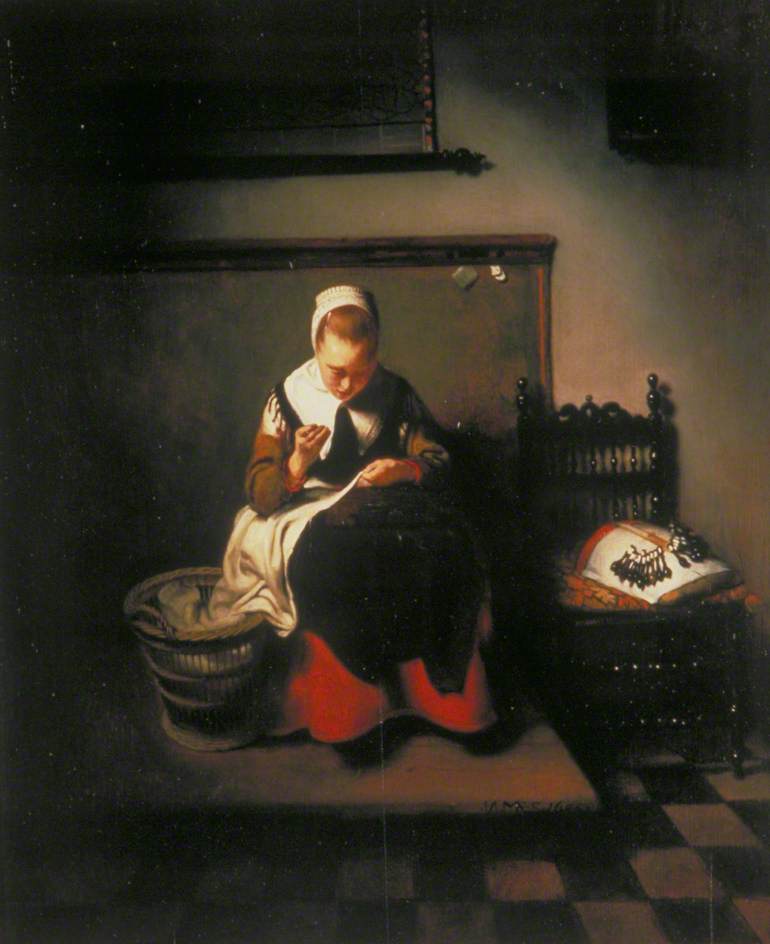 | 2020/11/16 | Women at Work Part II - At Home | Columns, Women & Art, Vermeer, Maes, Morisot, Vouillaard, Velazquez, women at work |
 | 2020/11/03 | Women at Work Part I - Masterpieces | Columns, Ghirlandaio, Zurbaran, Velazquez, Titian, Tintoretto, women at work, women & art |
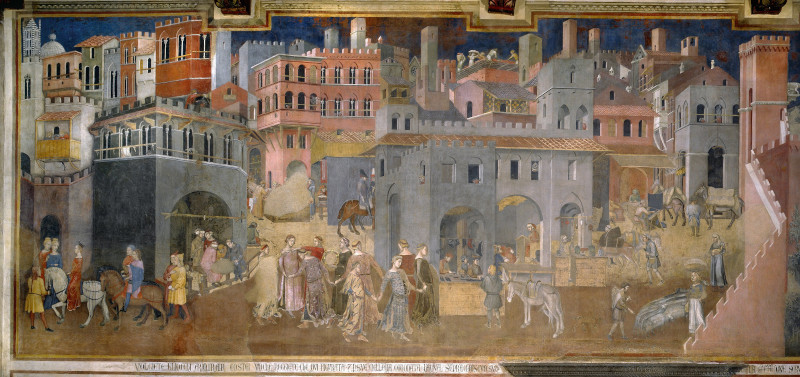 | 2020/10/20 | Good and Bad Government | Columns, Lorenzetti, Siena, government |
 | 2020/09/28 | Tenet | Columns, Movies, Christopher Nolan, John David Washington, Robert Pattinson, Warner Bros, Tenet |
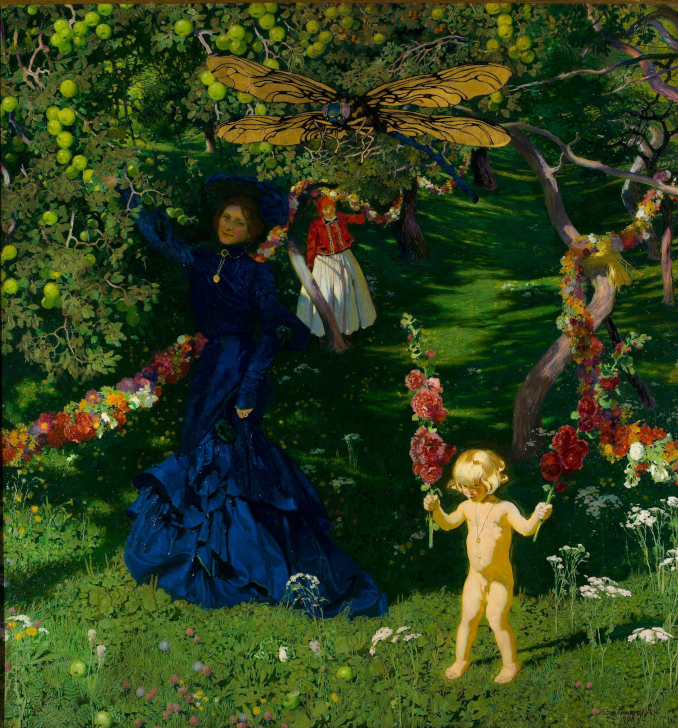 | 2020/09/15 | Artists' Gardens | Columns, Monet, van Gogh, Gierymski, Mehoffer, Leng Mei, Chinese art, gardens, Dali |
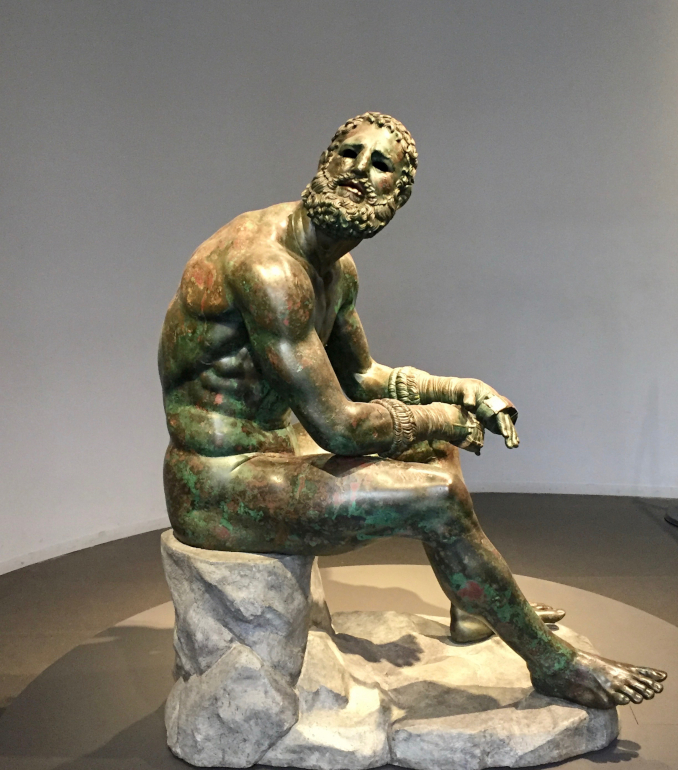 | 2020/08/11 | Lost Masterpieces. Part 3: Recovered | Columns, Rembrandt, Caravaggio, Renoir, Boxer of Quirinale, lost art, museum theft, Italy |
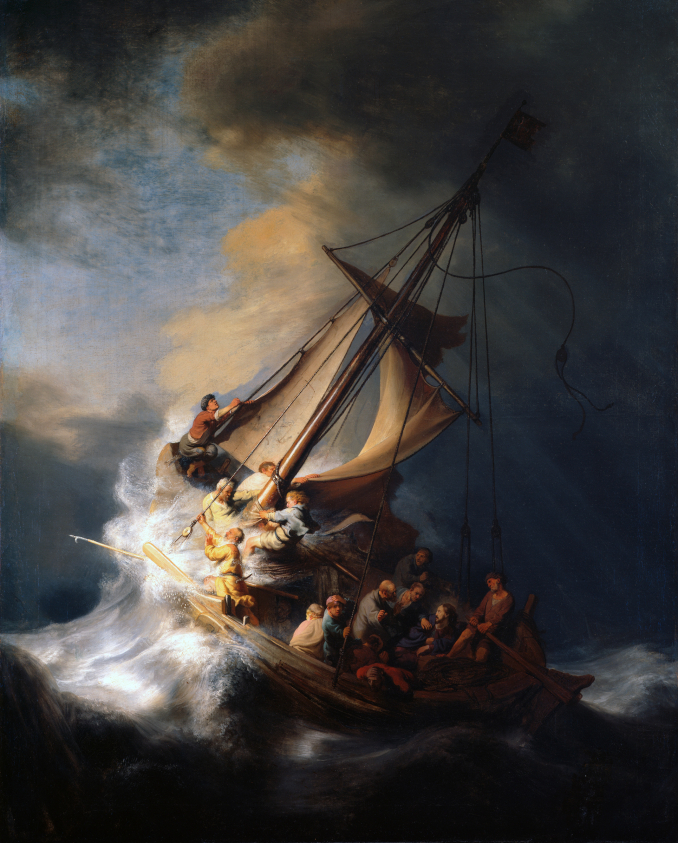 | 2020/08/02 | Lost Masterpieces. Part 2: Missing | Columns, Rembrandt, da Vinci, Caravaggio, lost art, Vermeer, Raphael, Mona Lisa, Picasso, |
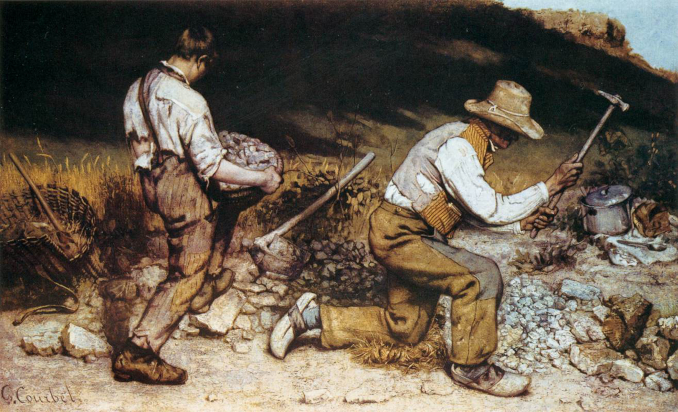 | 2020/07/25 | Lost Masterpieces. Part 1: Destroyed | Columns, Courbet, Vincenza, Cano, Serpentine Column, lost art, museum theft |
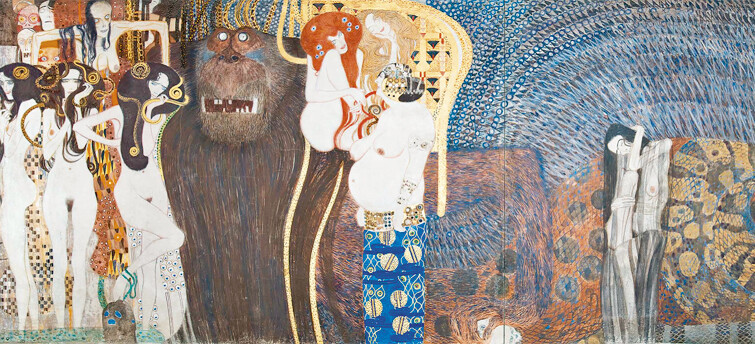 | 2020/07/10 | Loving Beethoven | Exhibitions, Columns, Movies & TV, Documentaries, Young People, |
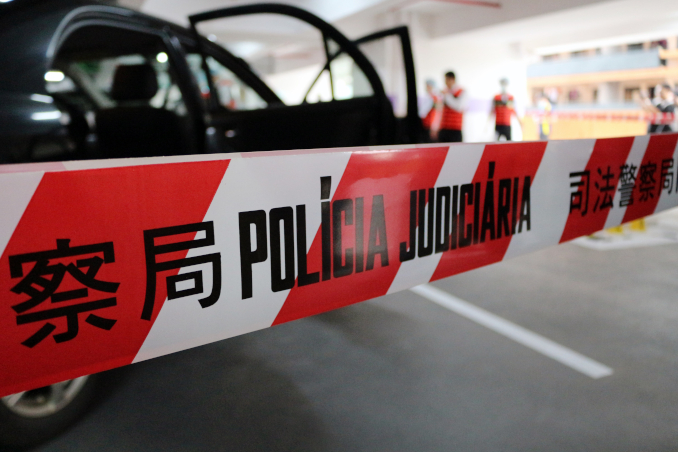 | 2020/06/28 | Police… in other countries, other shows | Columns, Movies & TV, Montalbano, Bregenz, Endeavour, Giri/Haji, Vienna's Blood |
 | 2020/06/18 | Dog Stories | Columns, Dogs, Goya, Courbet, D'Eyck, Church, Brandt, Gerome, Balla |
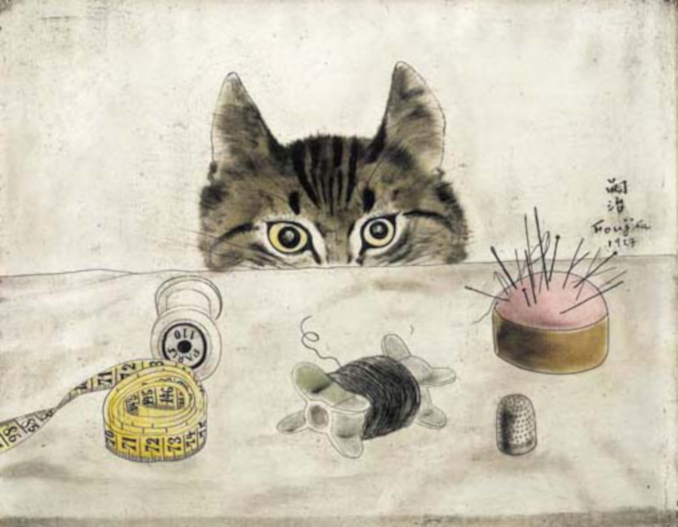 | 2020/05/21 | Cat Stories | Columns, Cats, Goya, Botero, Macke, Fragonard, Guerard, Women Artists |
 | 2020/05/05 | Docs You Can Share with Youngsters | Columns, Movies & TV, Documentaries, Young People |
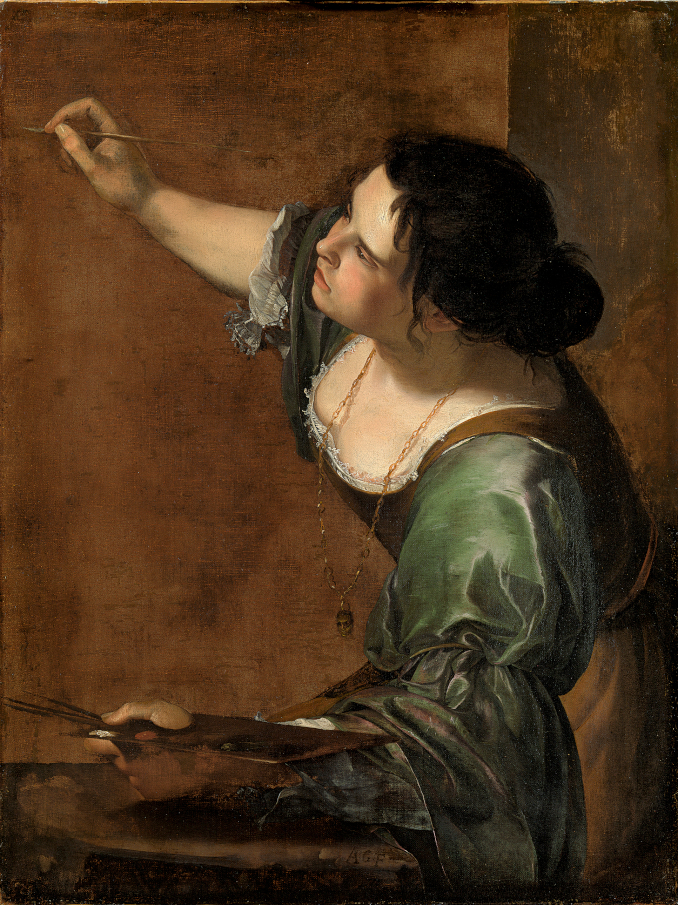 | 2020/04/20 | Artemisia Gentileschi – Women Artists Series 4
| Exhibitions, Columns, Women Artists, Artemisia Gentileschi, London |
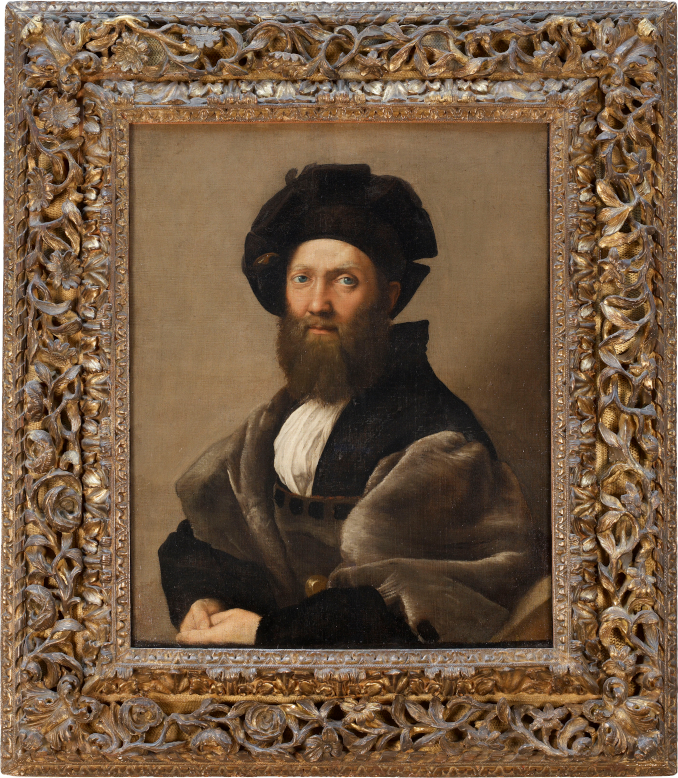 | 2020/04/06 | 500 years of Raphael in Rome | Exhibitions, Columns, Raphael, Italy |
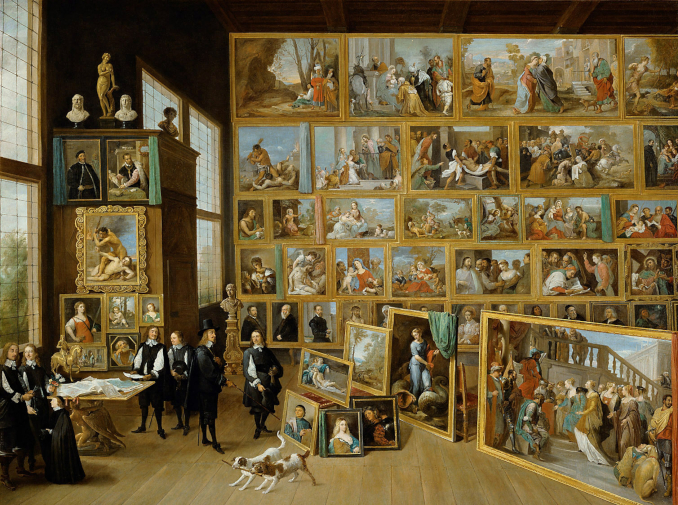 | 2020/03/19 | at home | Exhibitions, The Louvre Museum, The Metropolitan Museum of Art, |
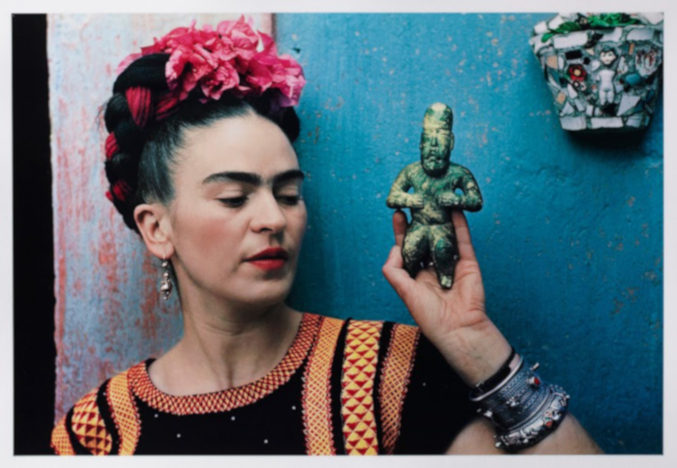 | 2020/03/12 | Frida Kahlo - Women & Art Series 3 | Exhibition, Women Artists, Frida Kahlo, Frida Kahlo: Appearances Can be Deceiving
|
 | 2020/02/28 | Michelangelo – Mind of the Master | Exhibition, Teylers Museum, Cleveland Museum, Getty Museum, Michelangelo |
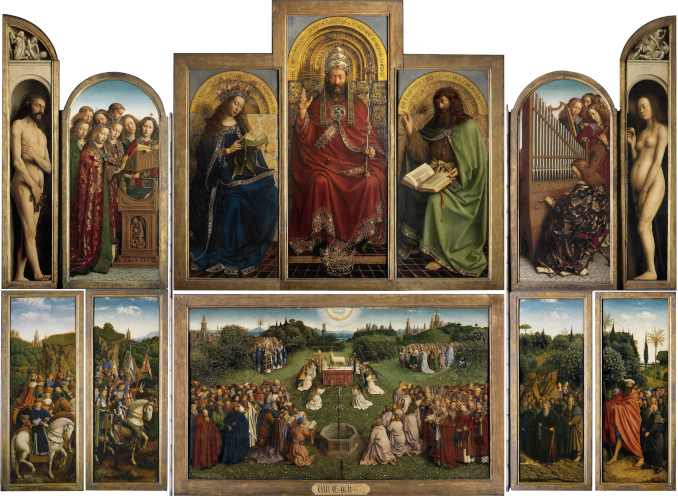 | 2020/02/11 | Adventures of the Ghent Altar | Columns, Ghent Altar, Jan van Eyck |
 | 2020/01/28 | Streaming Late at Night | Movies & TV, Various Directors |
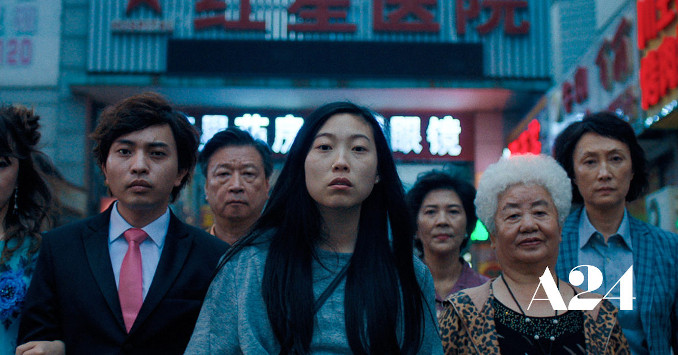 | 2020/01/06 | Parasite and Farewell | Movies & TV, Bong Joon Ho, Lulu Wang, China, Korea |
 | 2019/12/29 | da Vinci’s Horse | Columns, Marco Malvaldi, da Vinci, Italy |
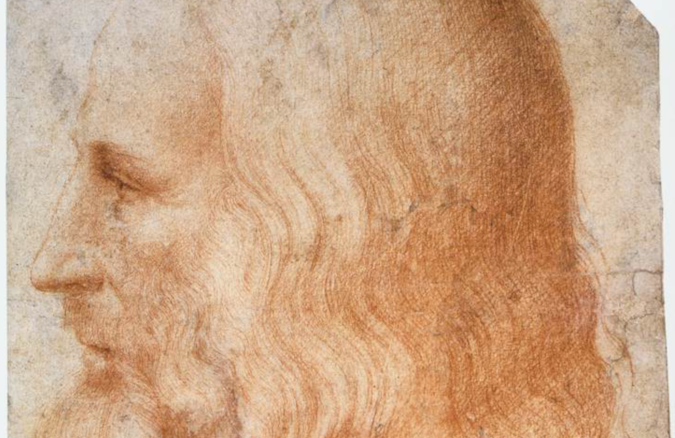 | 2019/12/28 | Podcasting about da Vinci | Podcast, Leonardo da Vinci |
 | 2019/12/22 | 12 Movie Gifts in a Pear Tree | Movies & TV, Various Directors |
 | 2019/12/10 | Bombshell | Movies & TV, Jay Roach |
 | 2019/11/30 | Knives Out! | Movies & TV, Rian Johnson |
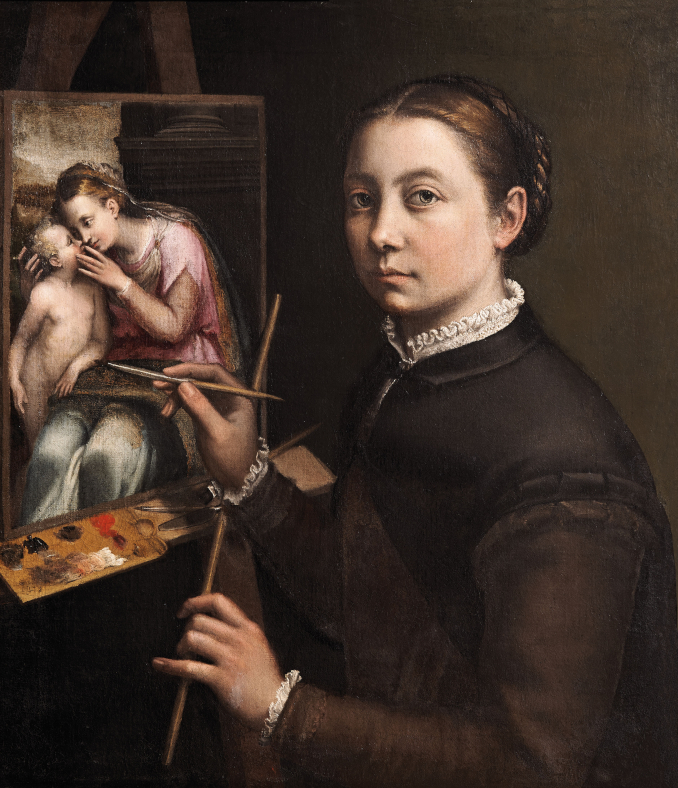 | 2019/11/17 | Women at Prado – Women & Art series 2 | Exhibition, Women Artists, Sofonisba Anguissola, Lavinia Fontana, Prado National Museum, Spain |
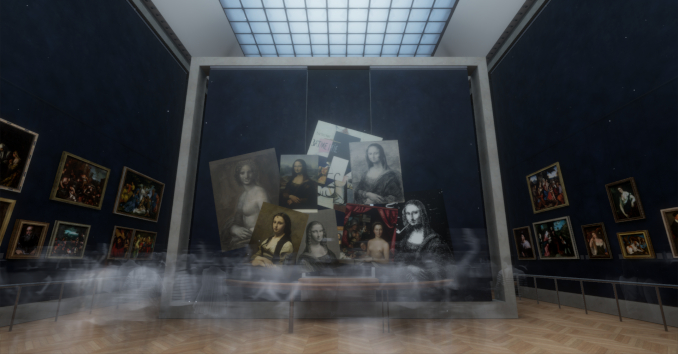 | 2019/11/05 | da Vinci, Paris – Part 3 | Exhibition, Leonardo da Vinci, The Louvre Museum, Paris |
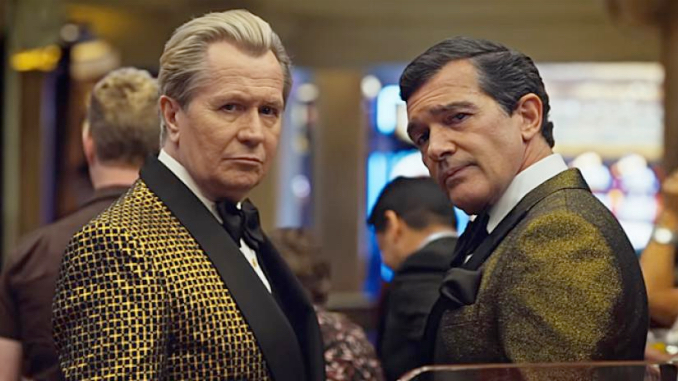 | 2019/10/15 | The Laundromat | Movies & TV, Steven Soderbergh |
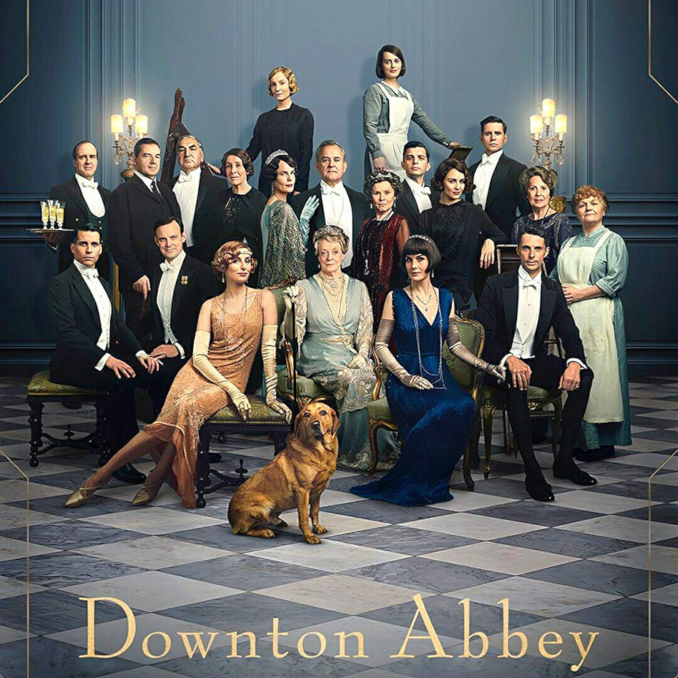 | 2019/09/29 | From Downton to Wall Street | Movies & TV, Michael Engler, Lorene Scafaria |
 | 2019/09/11 | “Tel Aviv on Fire” | Movies & TV, Sameh Zoabi |
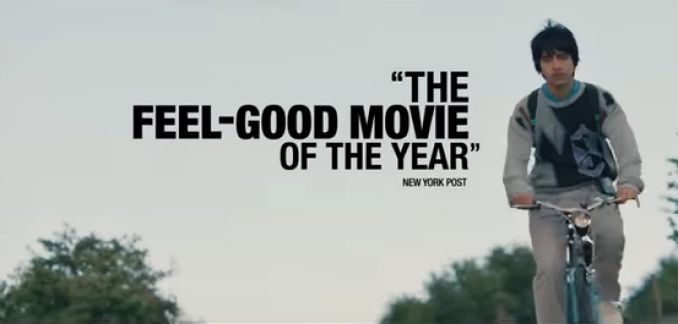 | 2019/08/27 | Blinded By the Light | Movies & TV, Gurinder Chadha, Bruce Springsteen |
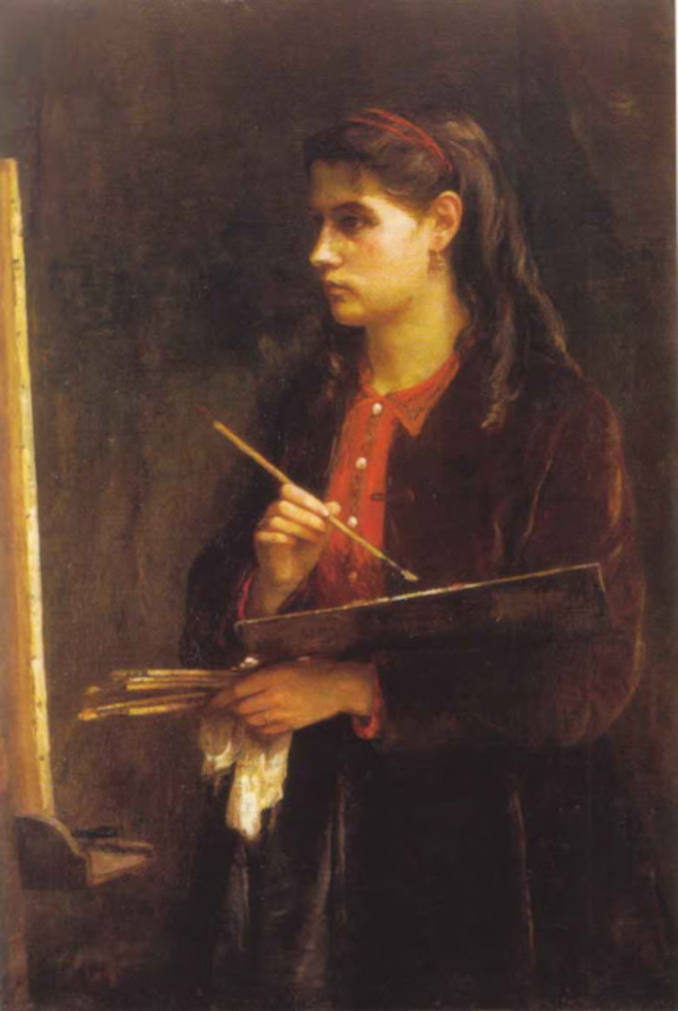 | 2019/08/14 | Berthe Morisot – Women & Art series 1 | Exhibition, Women Artists, Berthe Morisot, The Musée d’Orsay, Paris |
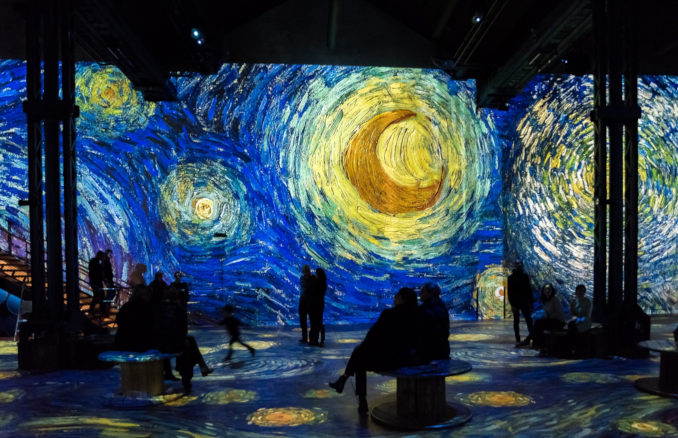 | 2019/07/31 | Digital Art in Paris | Exhibition, Atelier des Lumierès, Paris |
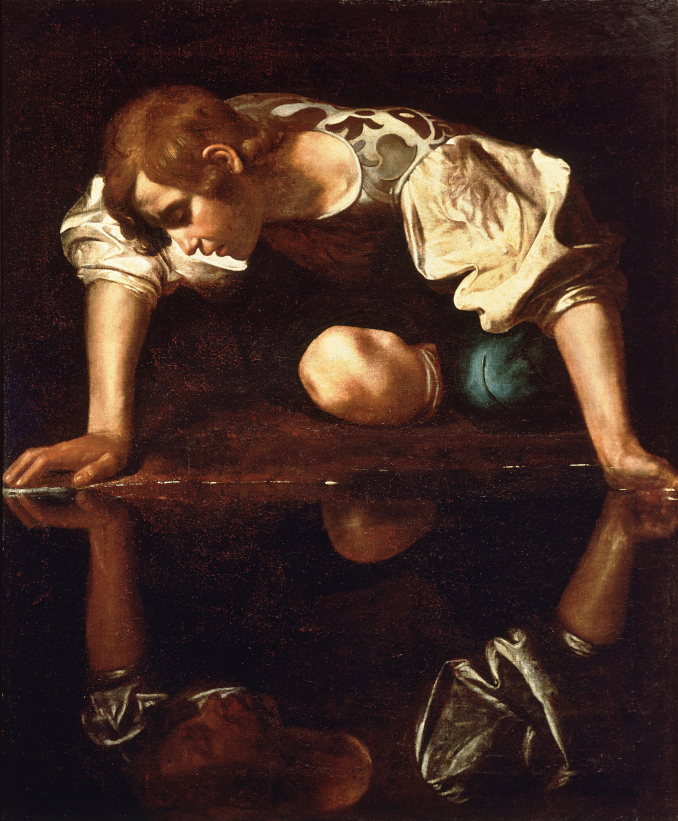 | 2019/07/23 | Caravaggio in Rome | Columns, Caravaggio, Rome |
 | 2019/06/27 | Departing in Style – Mawangdui Tombs | Columns, China |
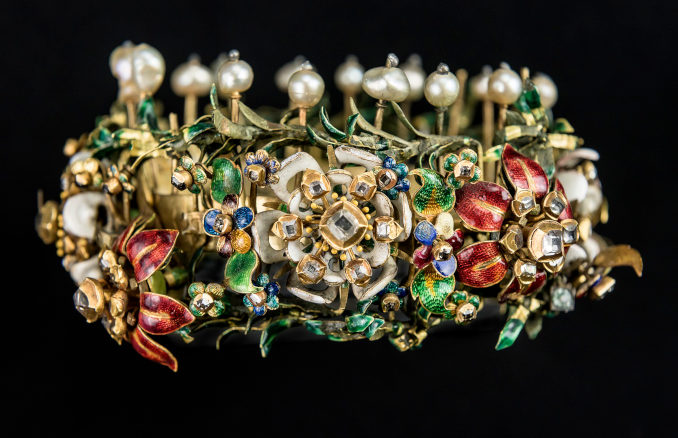 | 2019/06/08 | Royal Dazzlers | Exhibitions, The Royal Castle of Warsaw, Poland |
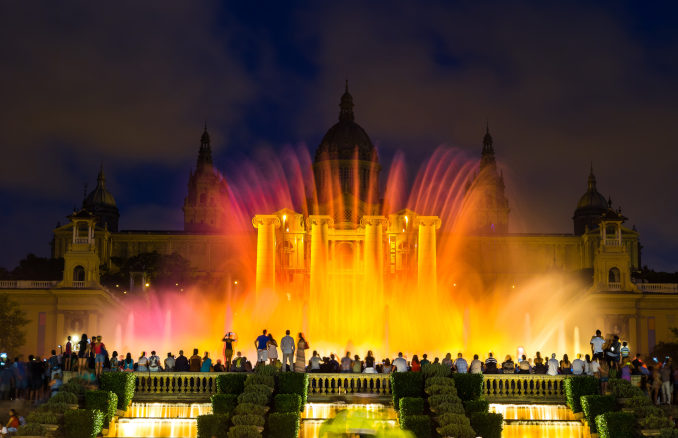 | 2019/05/18 | Museum Night in Europe | Columns, Various Museums |
 | 2019/05/10 | The Inventor | Movies & TV, Alex Gibney |
 | 2019/05/02 | Leonardo da Vinci: Books and Exhibitions | Exhibition, Leonardo da Vinci, Various Museums |
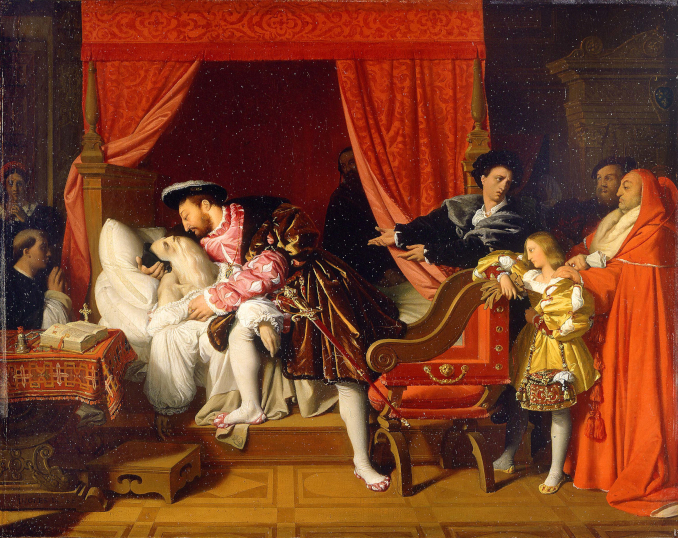 | 2019/05/01 | Da Vinci 500th Anniversary | Column, Leonardo da Vinci |
 | 2019/04/23 | The Joy of Color | Exhibition, David Hockney, Vincent van Gogh, The Van Gogh Museum, The Netherlands |
 | 2019/04/16 | All the Rembrandts | Exhibition, Rembrandt, The Rijksmuseum, The Netherlands |
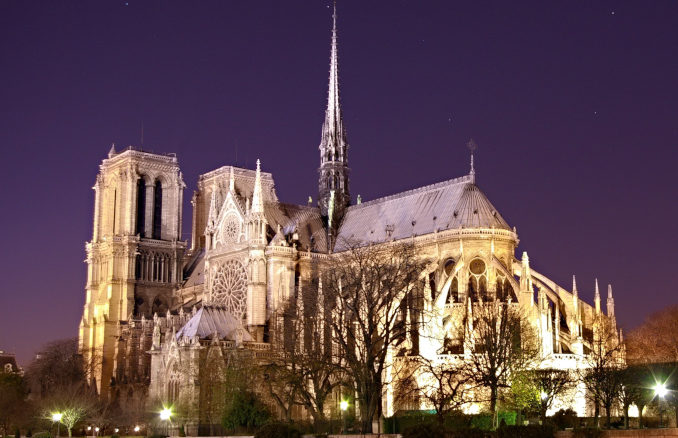 | 2019/04/15 | Tears for Notre Dame | Column, Notre Dame Cathedral, Paris |
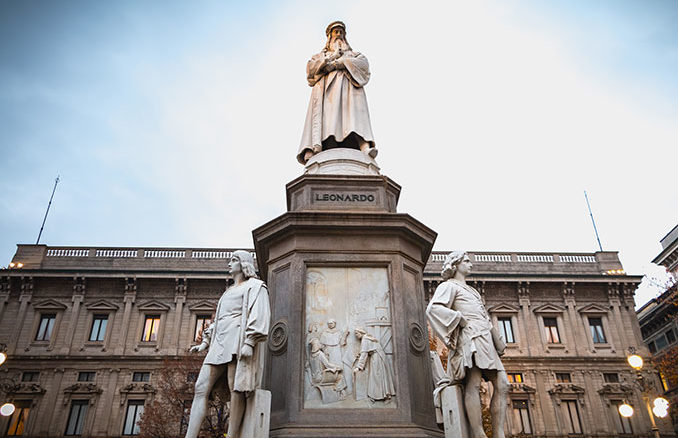 | 2019/04/05 | da Vinci Part 2 – Milan | Exhibition, Leonardo da Vinci, Pinacoteca Ambrosiana, Italy |
 | 2019/03/30 | Food for the Soul with Nina Heyn | Podcast, Nina Heyn |
 | 2019/03/08 | The Wandering Earth | Movie & TV, Frant Gwo, China |
 | 2019/02/27 | De Young Part 2 – Monet | Exhibition, Claude Monet, De Young Museum |
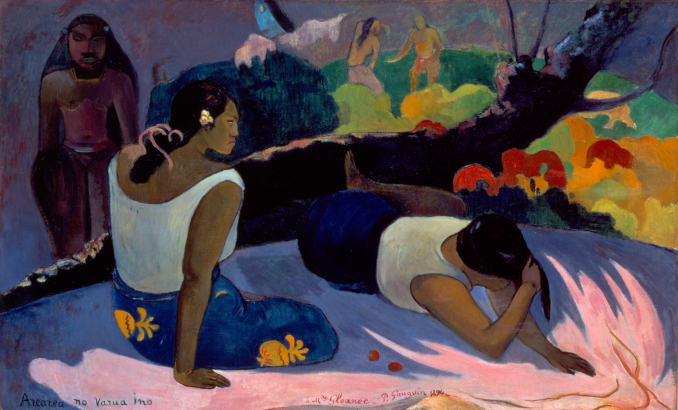 | 2019/02/20 | De Young Museum Part 1 – Gauguin | Exhibition, Paul Gauguin, De Young Museum |
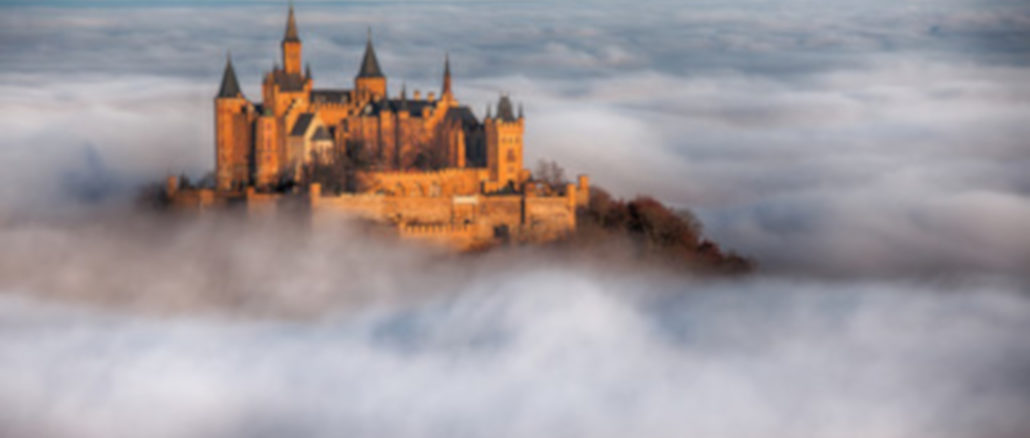 | 2019/01/30 | Binge on History | Movie & TV, Various Directors |
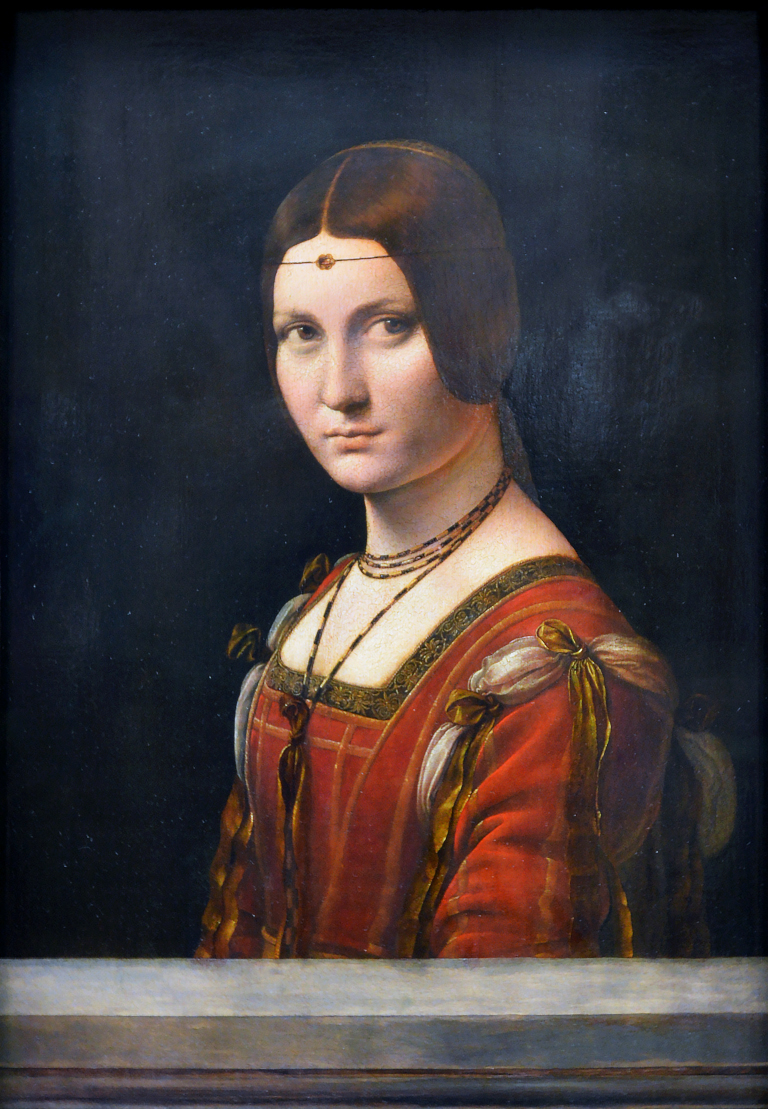 | 2019/01/15 | The Year of da Vinci | Column, Leonardo da Vinci |
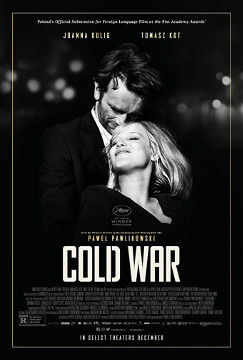 | 2019/01/07 | Oscar Treasures in Black and White | Movies & TV, Alfonso Cuaron, Pawel Pawlikowski |
 | 2018/12/12 | At The Movies … At Other Countries | Movies & TV, Various Directors |
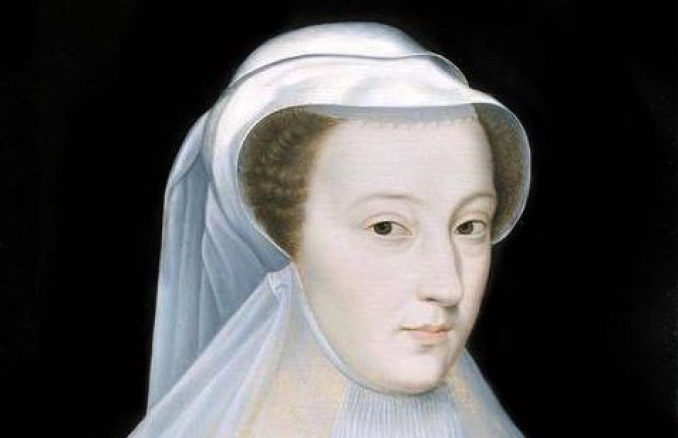 | 2018/11/28 | Trapped Queens | Movies & TV, Josie Rourke, Yorgos Lanthimos |
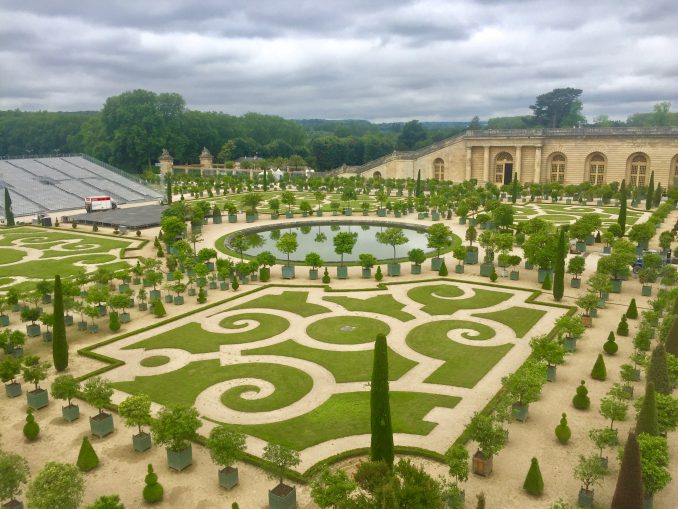 | 2018/11/15 | Museum Gardens
| Exhibition, Various Museums, Gardens |
 | 2018/11/05 | The Oscar Race Has Started | Movies & TV, Various Directors |
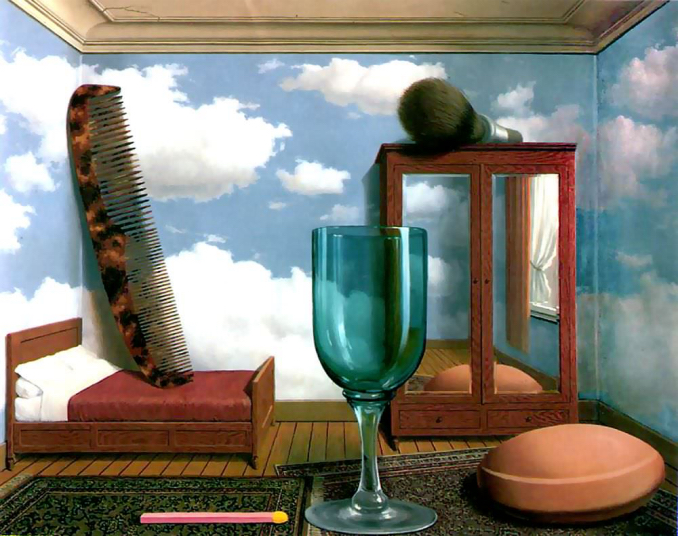 | 2018/10/19 | MAGRITTE – known and unknown | Exhibition, René Magritte, San Francisco Museum of Modern Art |
 | 2018/10/02 | Fondation Louis Vuitton | Exhibition, Various Artists, Fondation Louis Vuitton, Paris |
 | 2018/09/12 | Venice | Exhibition, Various Museums, Venice |
 | 2018/08/21 | Da Vinci and Salt | Columns, da Vinci, Krakow, Lady with Ermine, Wieliczka, salt |
 | 2018/08/20 | Crazy Rich Asians | Movies & TV, John M. Chu, China |
 | 2018/08/15 | Dark Money | Movies & TV, Kimberly Reed |
 | 2018/08/06 | Brain Not Brawn – Women In Action | Movies & TV, Steve McQueen |
 | 2018/07/16 | Museum BRANLY | Exhibition, Musée Quai Branly – Jacques Chirac |
 | 2018/07/06 | Following Claude Monet | Exhibition, Various Museums, Monet |
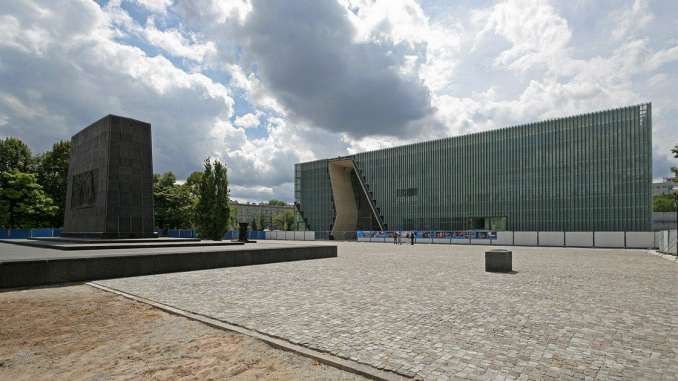 | 2018/06/27 | Museum POLIN | Exhibition, Museum of History of the Polish Jews, Poland |
 | 2018/05/31 | Amber | Exhibition, Museum of Amber, Poland |
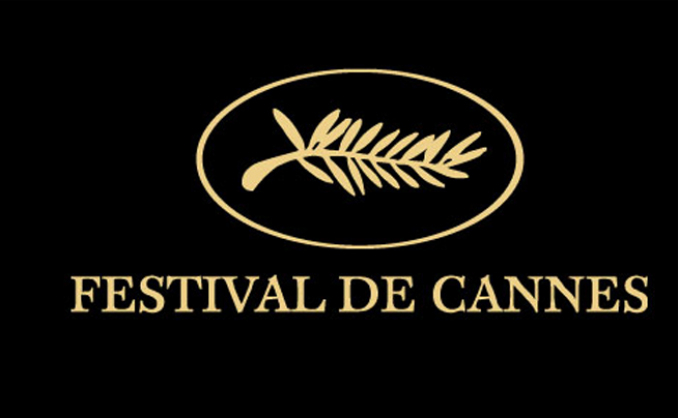 | 2018/05/18 | Cannes Film Festival | Movies & TV, Various Directors, Cannes |
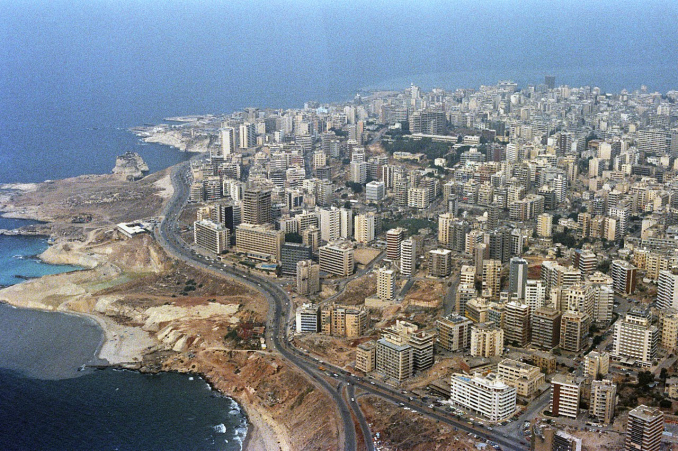 | 2018/05/08 | “Beirut” | Movies & TV, Brad Anderson |
 | 2018/04/27 | Ancient Egypt | Exhibition, Various Museums, Egypt |
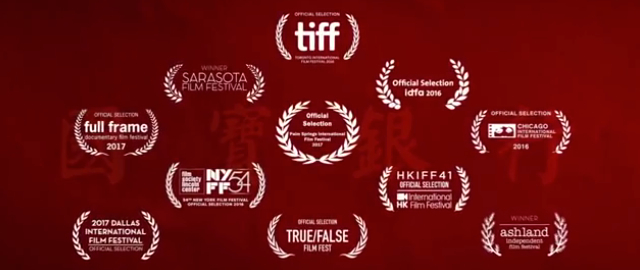 | 2018/04/03 | Abacus – Small Enough To Jail | Movies & TV, Steven James, China |
 | 2018/03/23 | Immersive Museums | Exhibition, The Getty Villa, The Tech Museum of Innovation |
 | 2018/03/05 | The Blacklist | Movies & TV |
 | 2018/02/14 | Call Me By Your Name | Movies & TV, Luca Guadagnino |
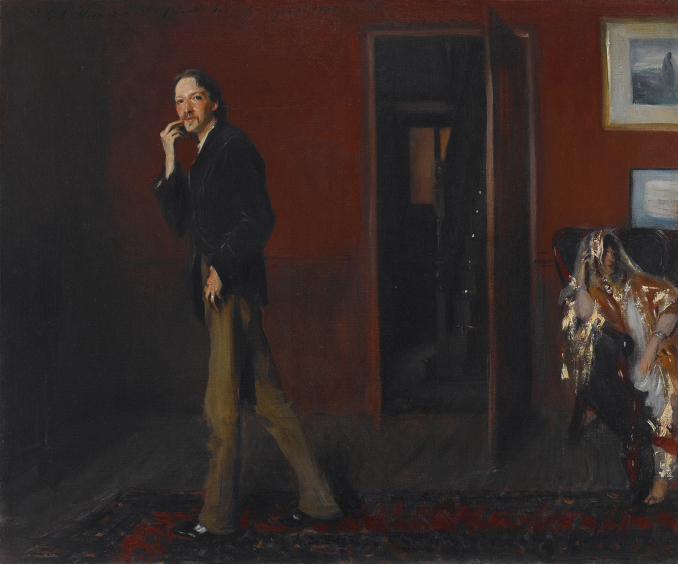 | 2018/02/02 | Portraits and Selfies | Columns, selfies |
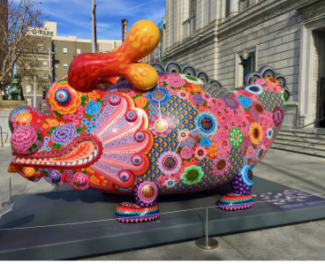 | 2018/01/17 | Museums in San Francisco | Exhibition, San Francisco museums |
 | 2017/12/29 | The Post and Darkest Hour | Movies & TV, Steven Spielberg, Joe Wright |
 | 2017/12/15 | Movies to Make You Feel Good | Movies & TV, Various Directors |
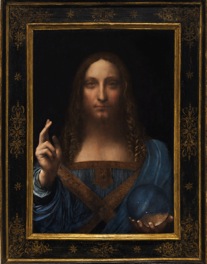 | 2017/11/22 | Sky Ladder, da Vinci, and Collecting Modern Art | Column, China, Leonardo da Vinci |
 | 2017/11/13 | Geostorm | Movies & TV, Dean Devlin |
 | 2017/10/23 | Blade Runner 2049 | Movies & TV, Denis Villenuve |
 | 2017/10/07 | Pacific Standard Time LA/LA | Exhibition, Various Museums |
 | 2017/09/23 | British TV Miniseries | Movies & TV, Various Directors |
 | 2017/09/05 | Wolf Warrior 2 | Movies & TV, Wu Jing, China |
 | 2017/08/21 | Valerian or Why Hollywood is Hard to Beat | Movies & TV, Luc Besson |
 | 2017/07/15 | 13 Minutes & Dunkirk | Movies & TV, Christopher Nolan, Oliver Hirschbiegel |
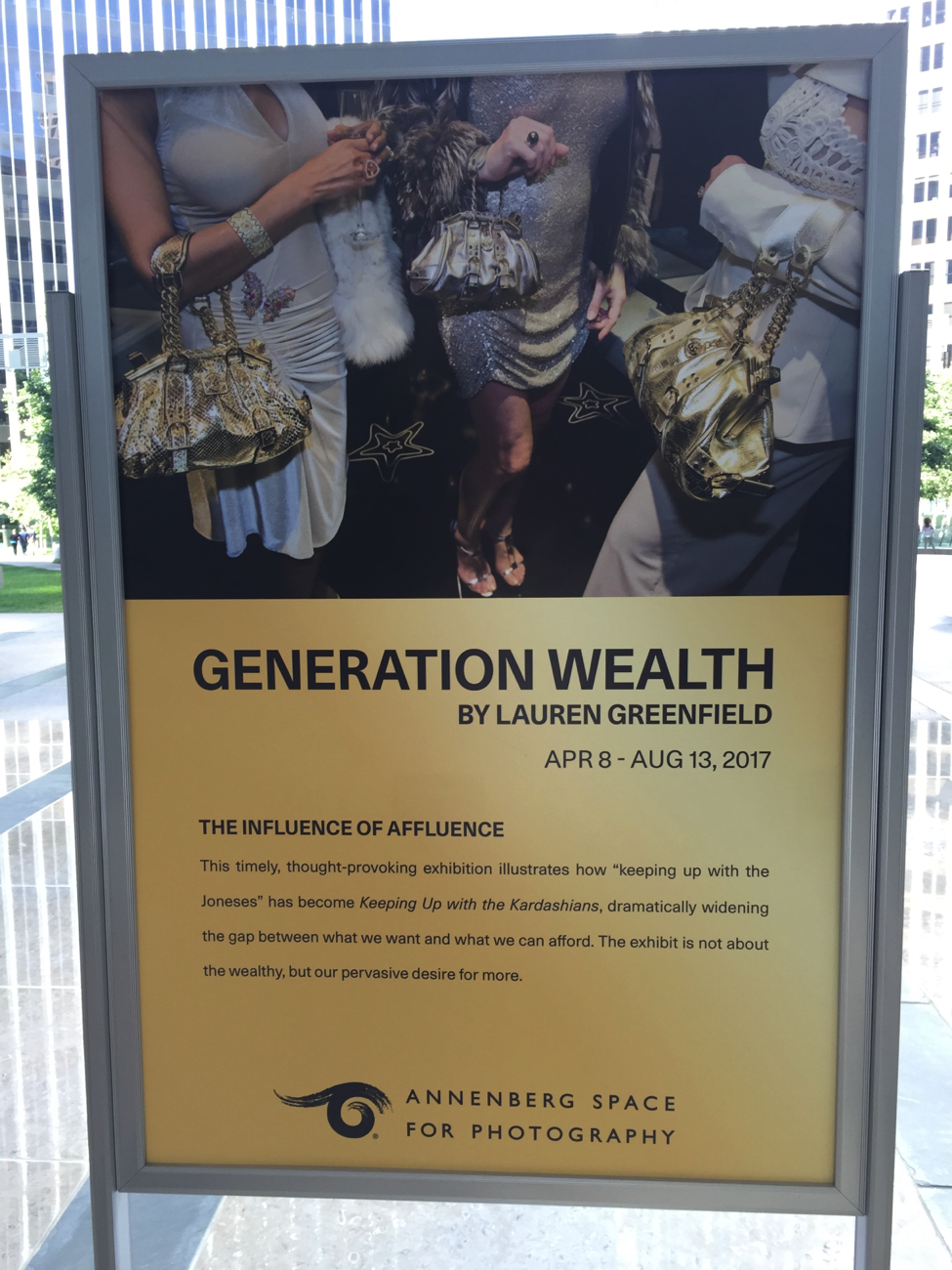 | 2017/07/12 | Generation Wealth Exhibition | Exhibition, Various Museums |
 | 2017/06/27 | “Jack Strong” | Movies & TV, Wladyslaw Pasikowski |
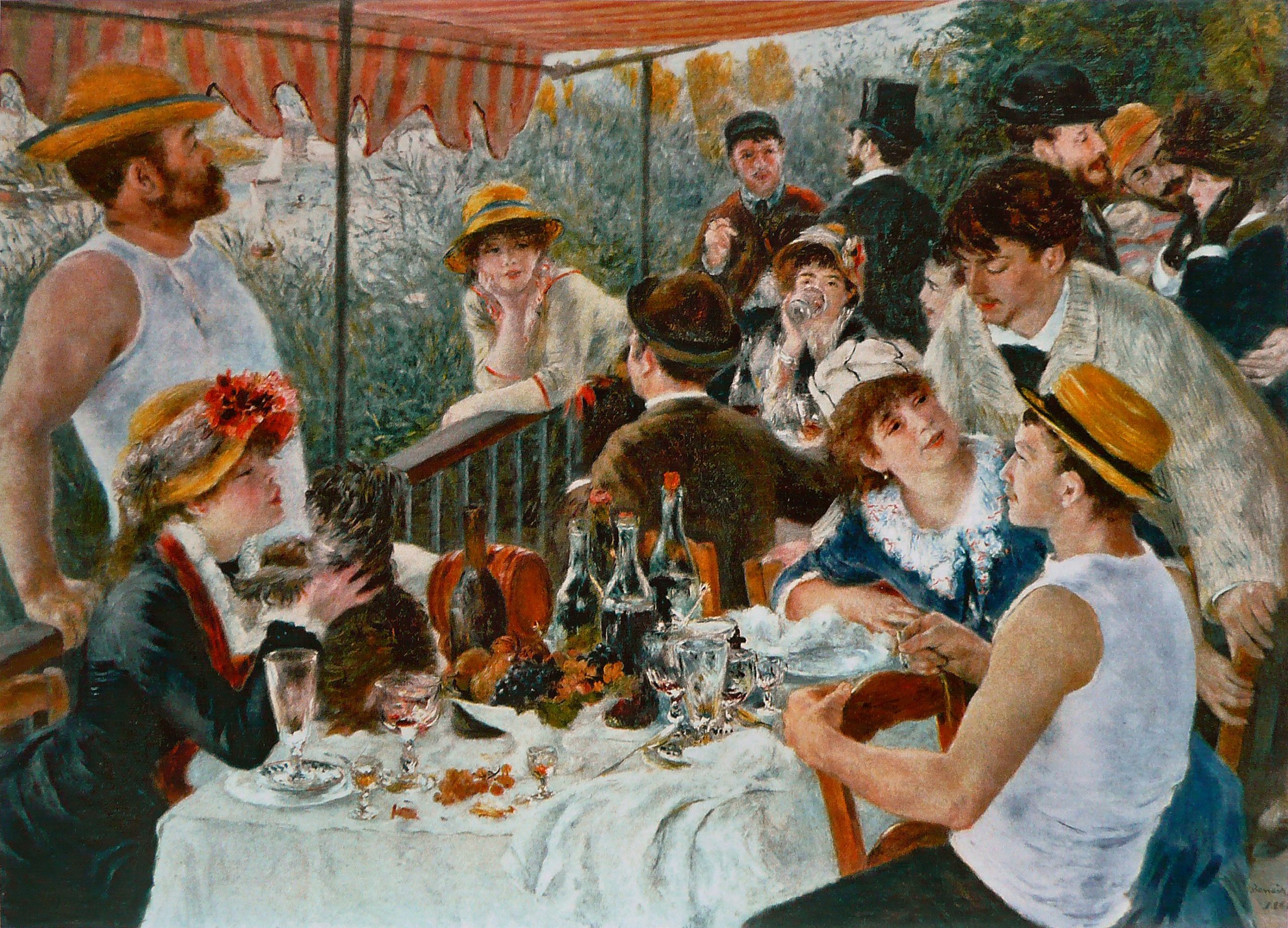 | 2017/05/26 | The Luncheon of the Boating Party | Exhibition, Renoir, The Phillips Collection |
 | 2017/05/23 | “The Circle” | Movies & TV, James Ponsoldt |

 Leonardo da Vinci, Codex Atlanticus. Picture credit: Wikimedia Commons public domain
Leonardo da Vinci, Codex Atlanticus. Picture credit: Wikimedia Commons public domain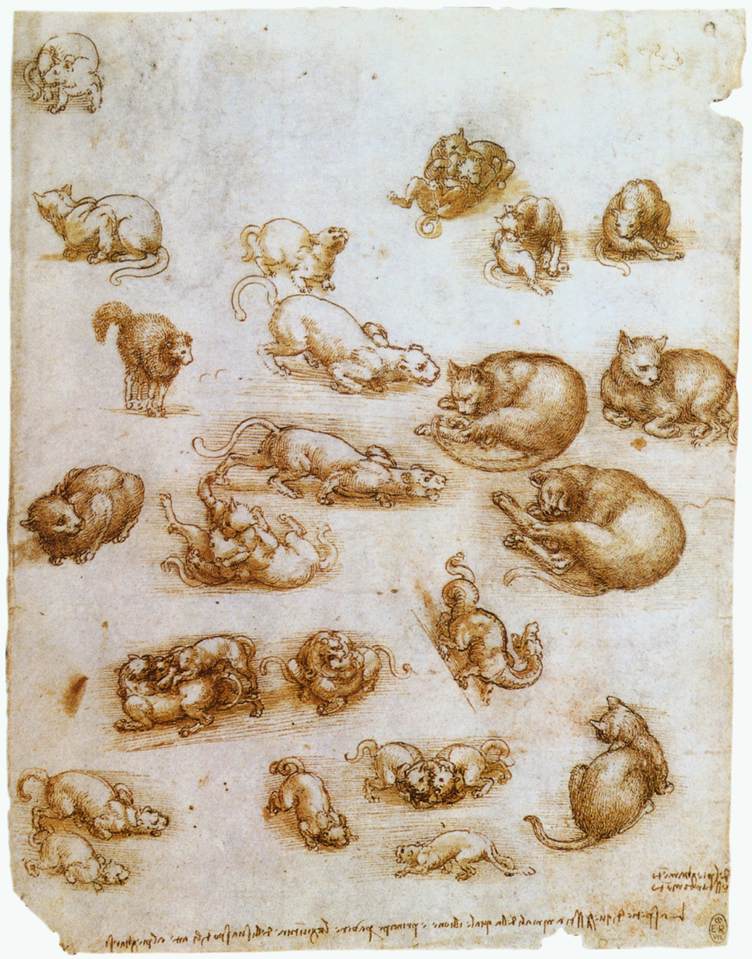 Da Vinci -Study sheet with cats, dragon and other animals (1513-15), Royal Library Windsor Castle. Picture credit: Wikimedia Commons public domain
Da Vinci -Study sheet with cats, dragon and other animals (1513-15), Royal Library Windsor Castle. Picture credit: Wikimedia Commons public domain

